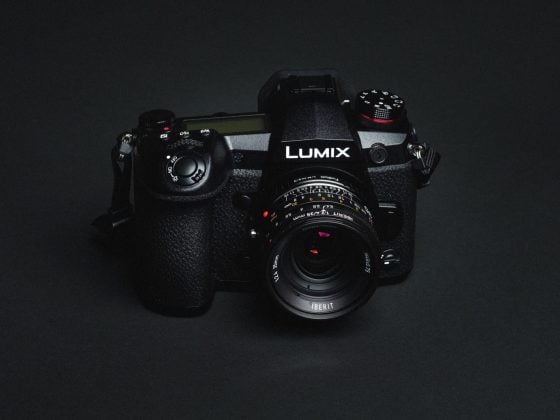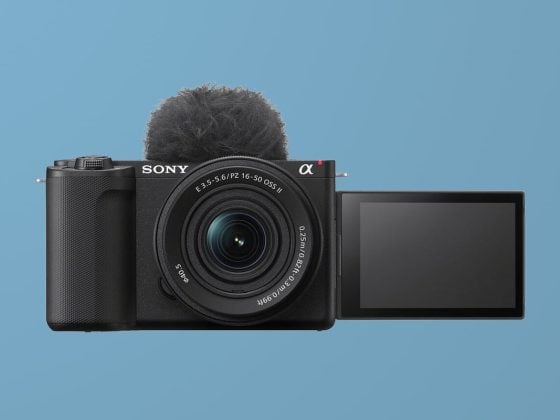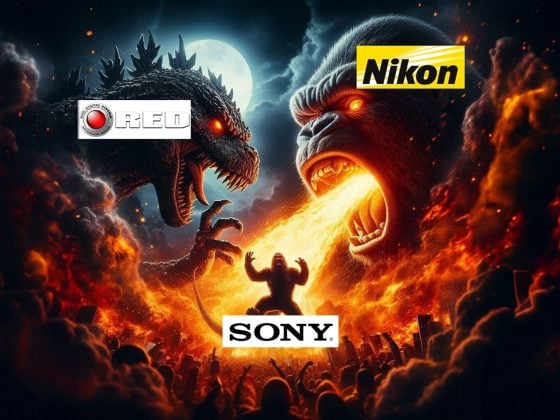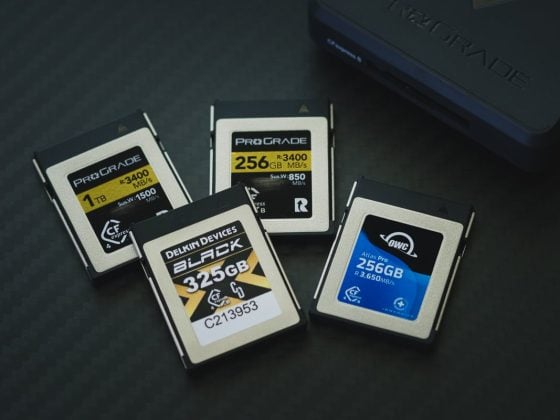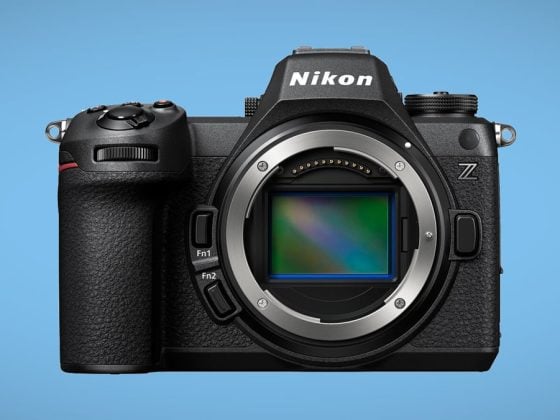The Kipon 75mm f2.4 lens is a small, lightweight manual lens designed for mirrorless camera systems, including the Leica. It features 5 elements in 5 groups for incredible micro-contrast and color rendering and a 6-blade aperture for butter-smooth bokeh at f2.4.
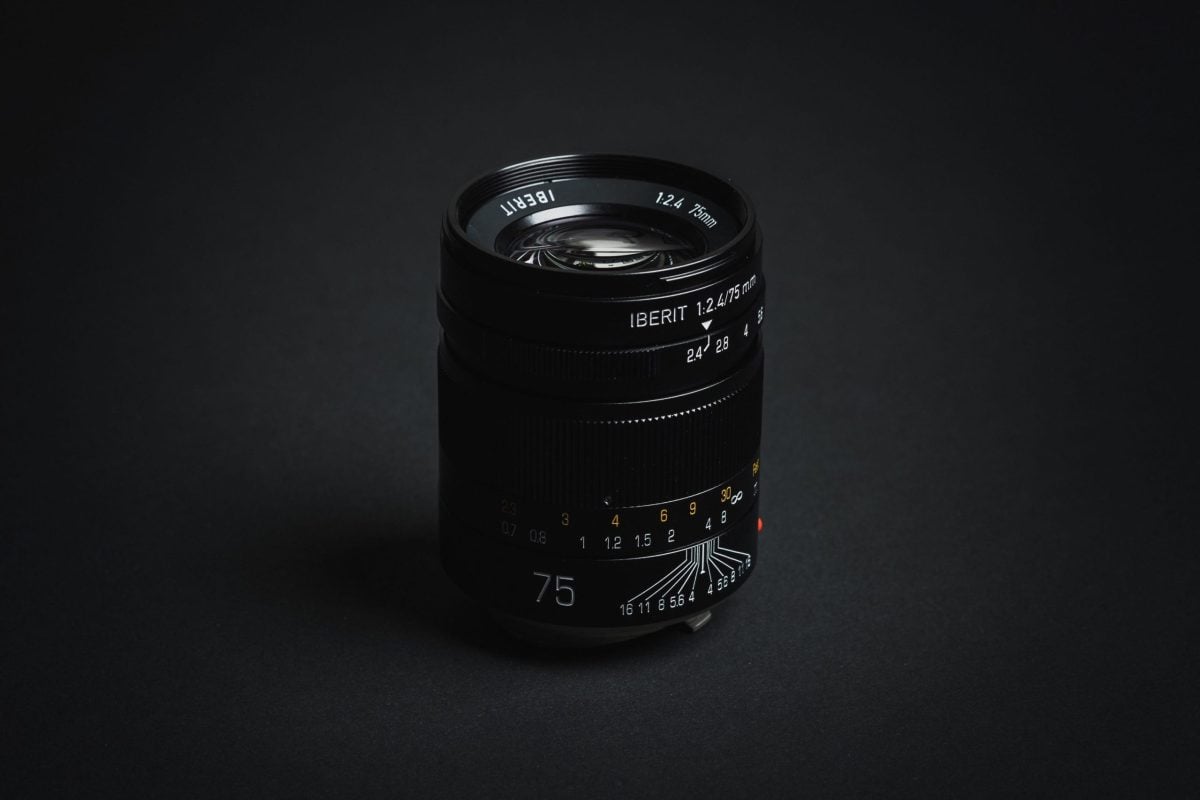
I’ve shot on this lens since year one of its inception and I’ve gone through a few different copies over the years and now have a full range of experience as to what this lens is and what it can do.
You’ll see many mixed reviews of this lens, and much of that will be related to when the lenses were made.
There are a few different forms of this 75mm Kipon lens: the IBERIT and the Elegant. Optically, they are identical, but Kipon continues improving the build quality and precision. The Elegant lenses have a slightly different build, with a more modern and sleek look, whereas the IBERIT lenses have a little more of a classic touch.
The Leica M versions have a focusing rangefinder coupling designed to work with the Leica M rangefinder system. Because of this, a little more work, precision, and quality control are required to make these lenses, which slightly increases their cost.
Over the years, Kipon has dramatically improved the build quality of these lenses compared to what was originally designed. They have also invested in new, higher-precision Japanese machinery and set up a new factory in Shanghai. Now, these Kipon lenses are very high quality, easily matching the build quality of Voigtlander or Zeiss, or they might even be better. I like the way the new lenses feel more than most Voigtlander lenses.
There are now some new Mk II versions of these lenses available, and I’m told these have the best build quality and precision of anything they’ve built. Now that the new machinery in the new factory is all setup, I think these might be the lenses built on it.
I know and keep hearing from Kipon that they are very proud of these new lenses.
Kipon IBERIT 75mm f2.4 Lens Stats
Focal Length: 75mm (APS-C 112.5mm)
Aperture Blades: 6
Minimum Focus Distance: 2.3′ / 70 cm Leica M | 1.97′ (60 cm) Sony E & Fuji X
Front Element Filter Threads: ø49mm
Element Count: 5 elements 5 groups
CPU Contacts: No
Kipon Elegant / IBERIT 75mm f2.4 – Amazon
First Impressions
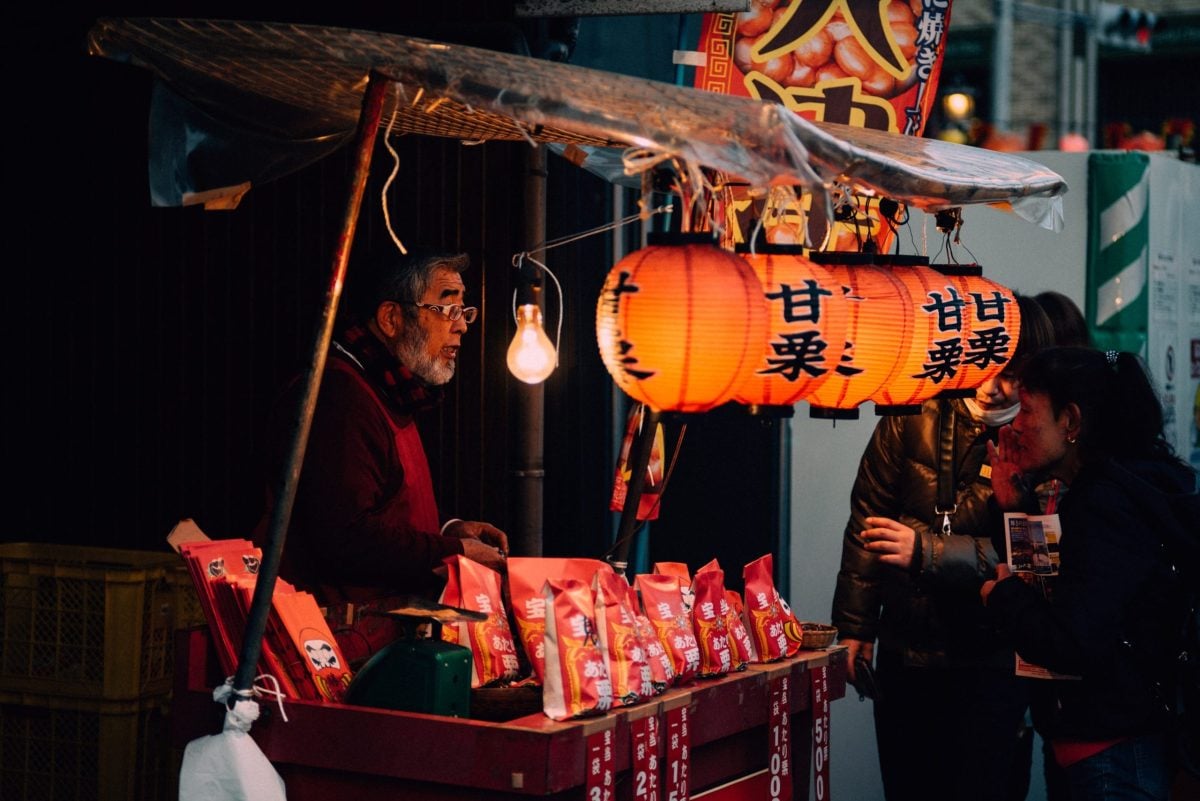
I bought two other Kipon lenses along with this one: the 35mm f2.4 and the 50mm f2.4. Of the three, the 75mm stood out to me the most. It’s very clear that Kipon has made a true gem here. It’s an outstanding lens with incredible image quality for both full-frame and APS-C cameras, and I’ve really come to love it.
My favorite Kipon lenses right now are the 35mm f2.4 and the 75mm f2.4. Compared to everything else I have, I just really like these lenses in general.
While it’s the Kipon 75mm is only f2.4, on a 75mm lens, that’s plenty fast, and it produces some really shallow depth with incredible bokeh. I have faster manual lenses at about this focal length, but they’re a lot more difficult to focus on the fly; they’re also a lot heavier. The performance when wide open at f2.4 is also nice, so you don’t have to worry about any significant loss in image quality when shooting wide open, like many retro lenses.

For me, this lens was a missing link, I’m always looking for high-quality, lightweight lenses that don’t feel cheap for street photography, and this 75mm f2.4 fills in that gap perfectly
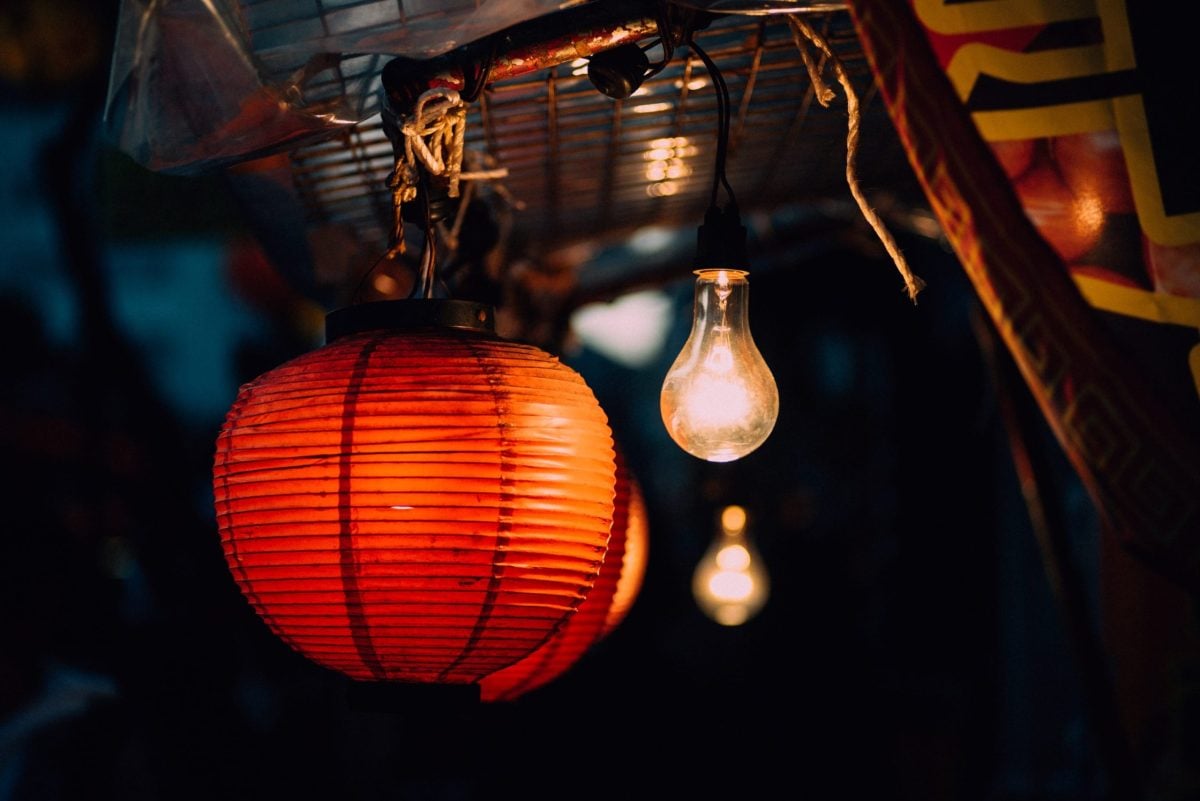
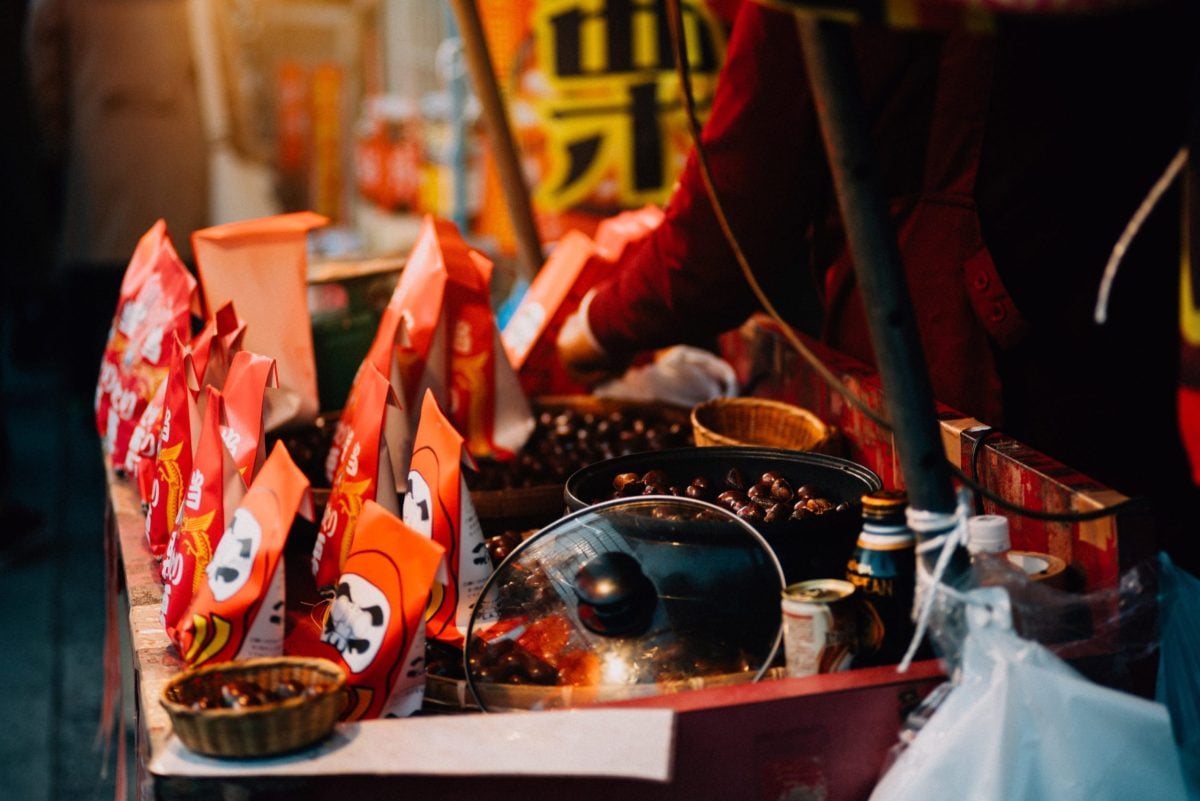
I first started using this lens on my Sony full-frame cameras, like the A7rIII, and now I have an Elegant version for my Nikon Z6. On both cameras, the performance was amazing, with a lot of contrast and color, and the overall rendered images felt very alive.
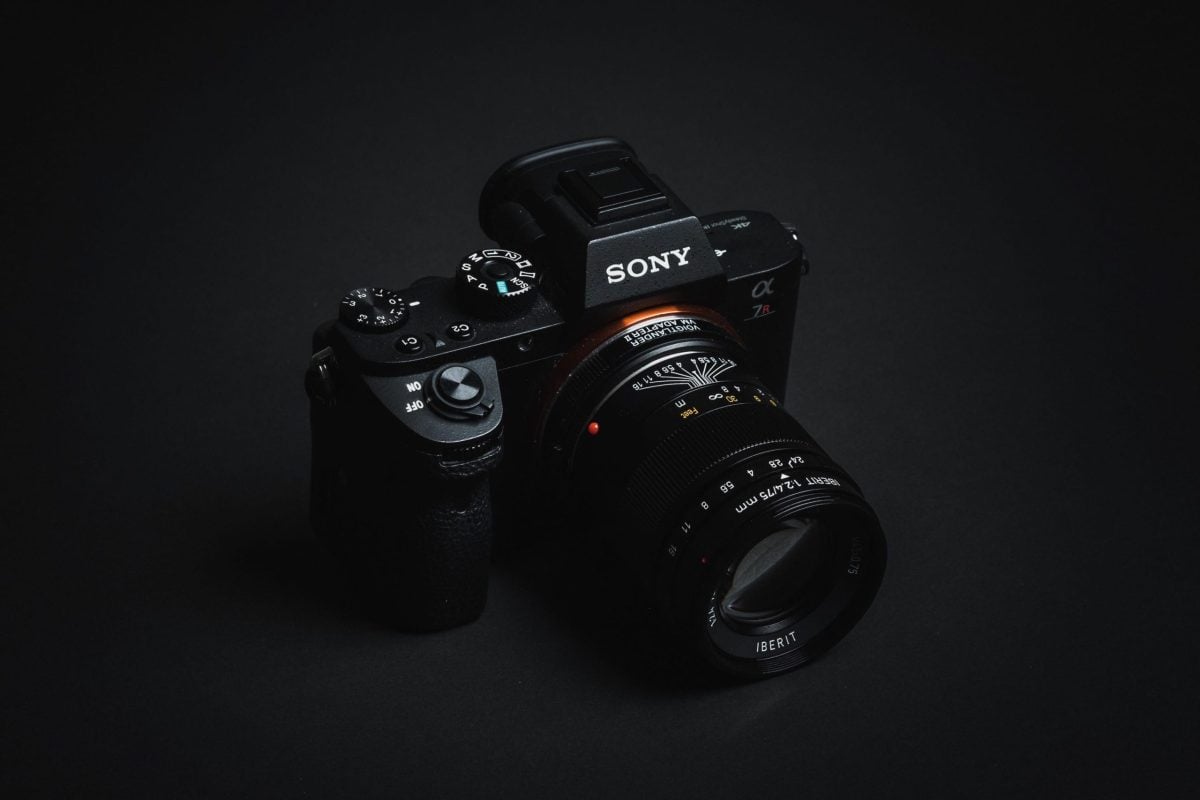
Using Kipon IBERIT 75mm With The Fujifilm
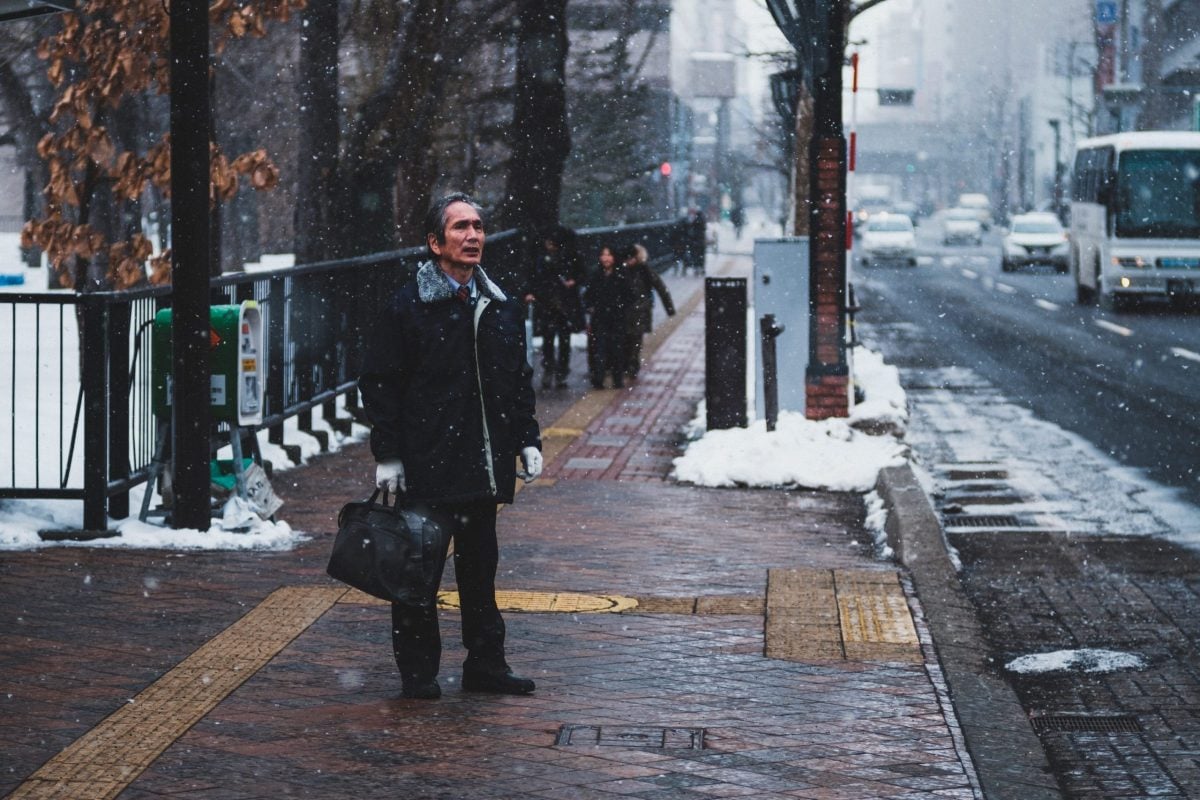
I’m hearing this lens works great on the GFX system when run in the Full Frame crop mode, but I’ve only used this lens with Fujifilm’s APS-C system, which has been a lot of fun.
Using the IBERIT 75mm on Fujifilm cameras is much easier as their cameras have the best focus peaking. However, the APS-C sensor will give you a field of view of about a 112mm lens. So you have to keep in mind when buying a 75mm lens, that a field of view of 112mm isn’t the most useful focal length for daily usage or street photography, but it can be really nice for portrait or street portrait work.
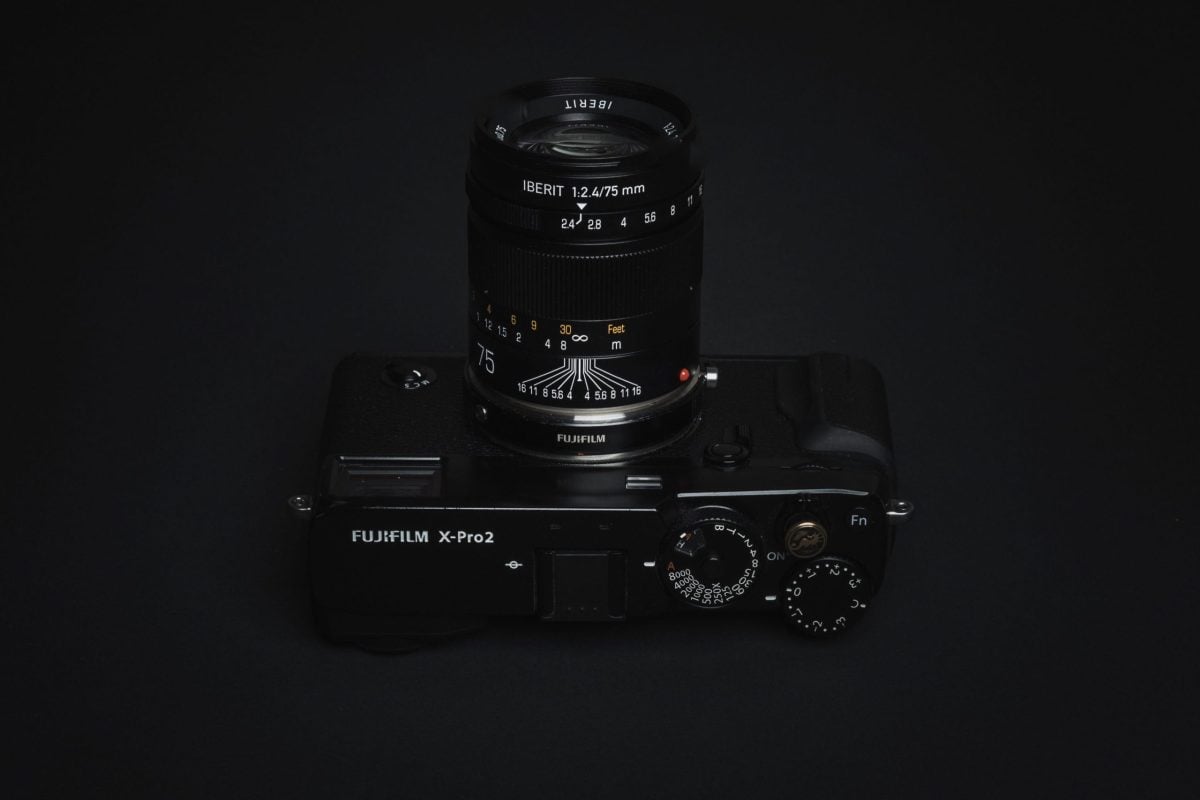
Image quality is outstanding since the APS-C sensor naturally crops in on the circle of projection produced by this lens. This gives even better corner and edge performance with less vignetting overall, which was already very good on the full-frame cameras.
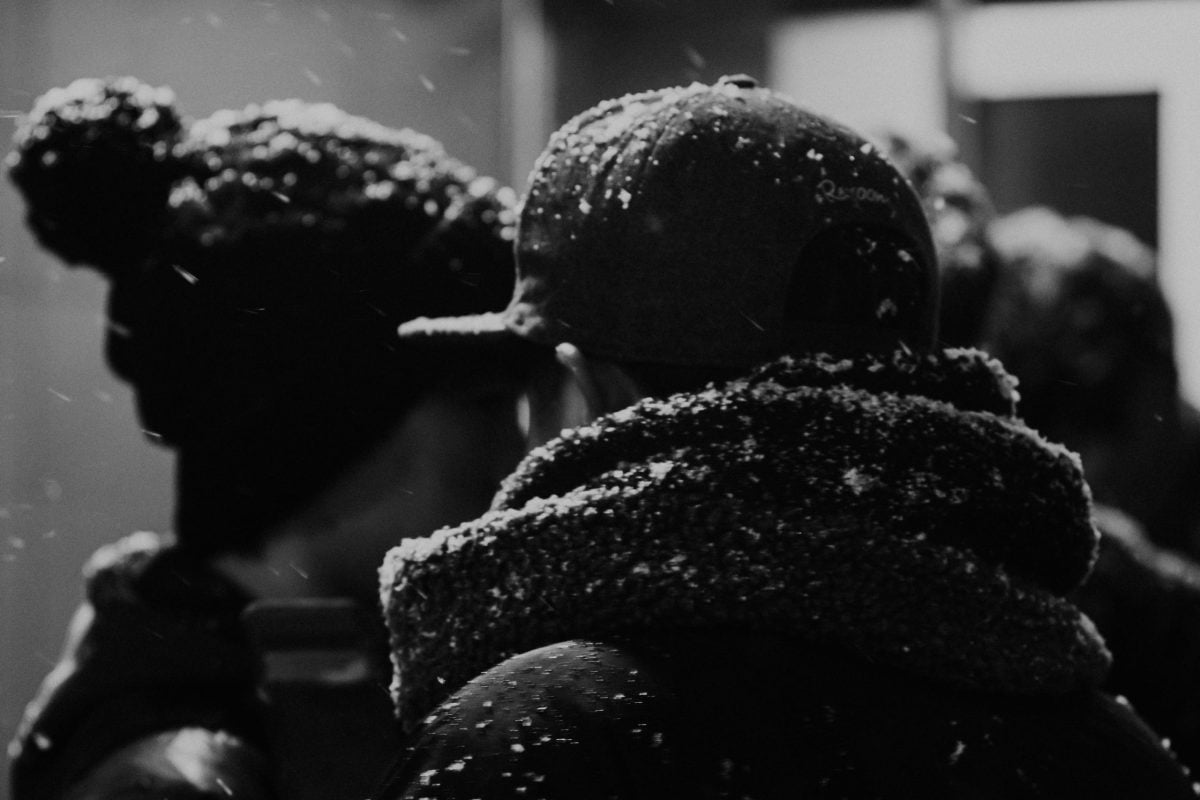
Quality And Performance
The Kipon 75mm f2.4 lens is absolutely perfect for street and portrait photography. Is relatively small for its size, and fairly light. The focus is smooth and the aperture has nice firm clicks that feel good.
Overall I would still rate this lens as a more classic design with a more retro rendering. A lot of punch a lot of pop and great micro-contrast and color.
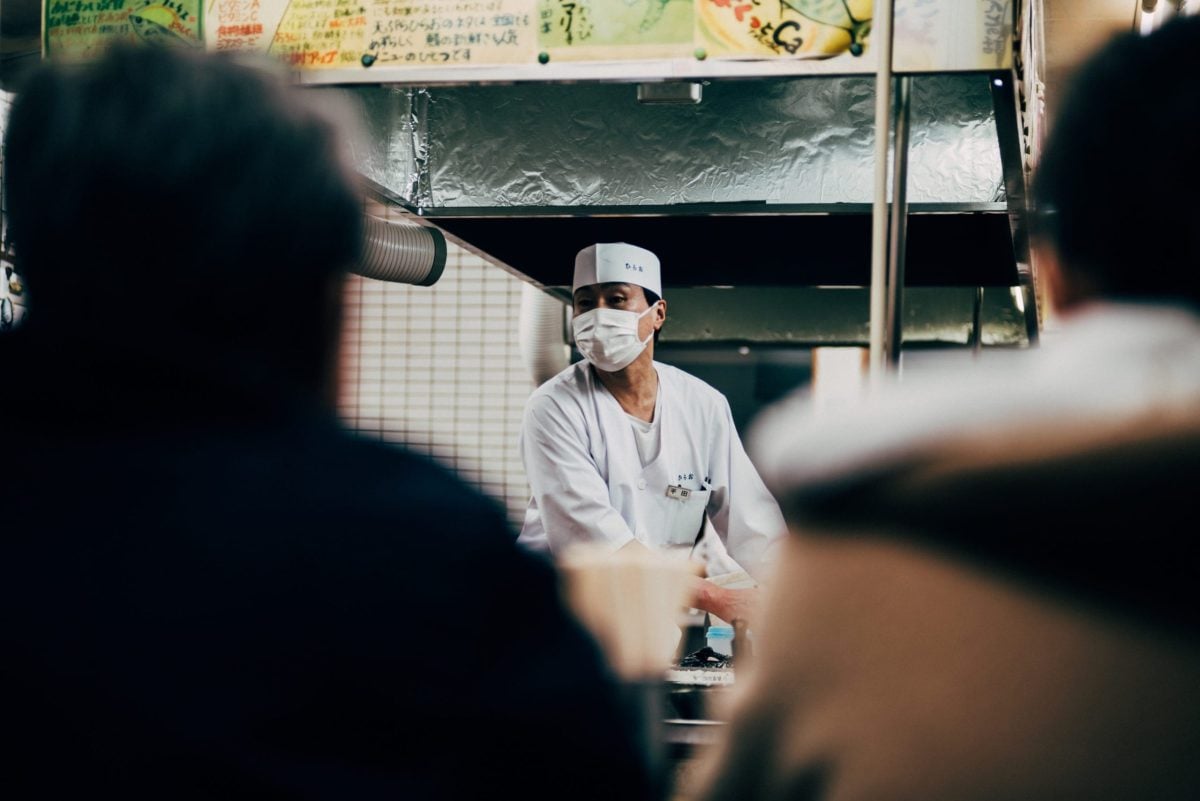
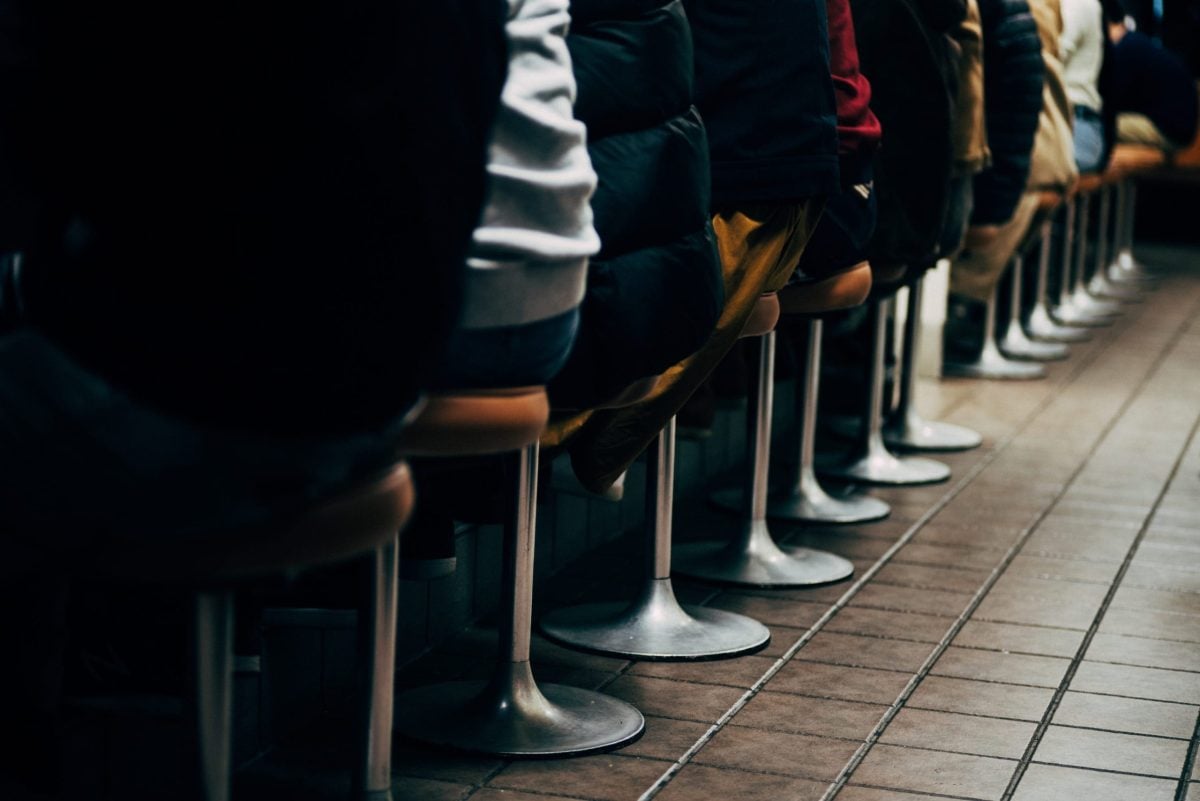
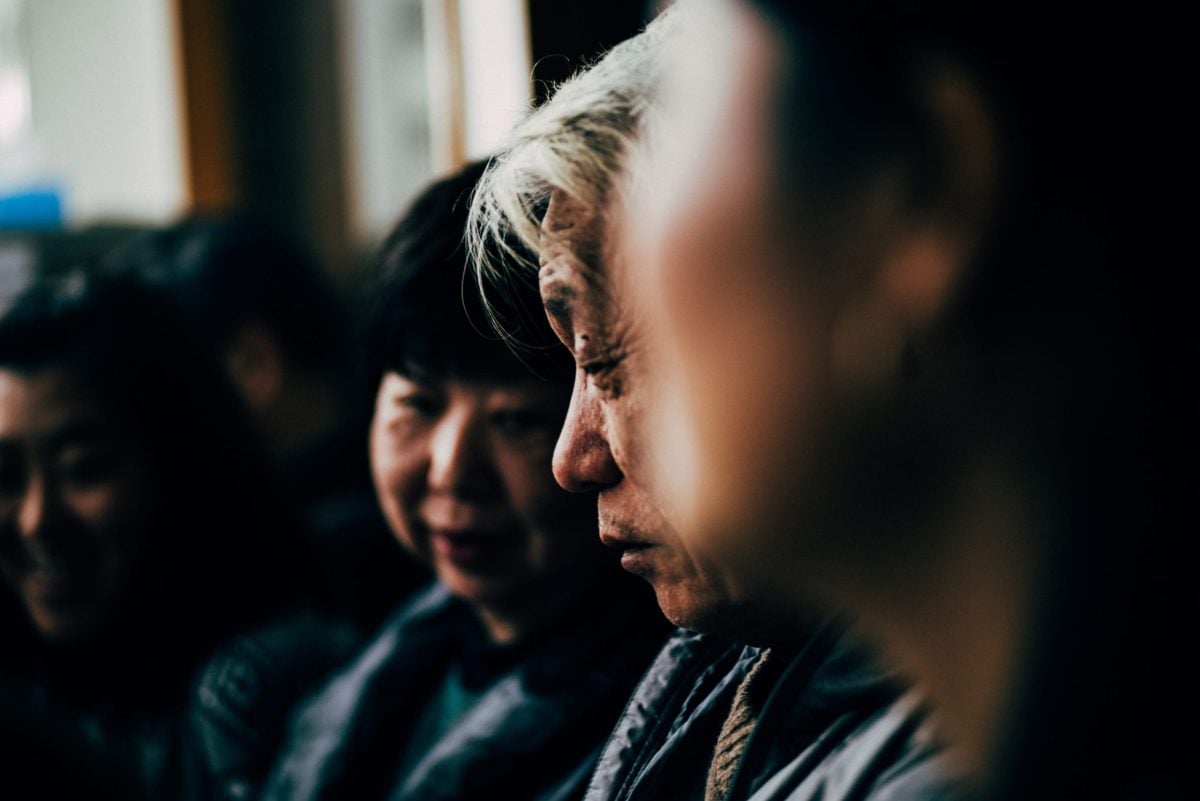
Build Quality
The design of the Kipon 75mm f2.4 is nice with all-metal construction, anodized aluminum outer casing, and brass helicoils. It’s also very light.
Nobody makes better-feeling lenses than Leica, but the Elegant versions of these lenses are actually very nice and definitely up there with the bigger brands.
On the older version of this lens, there was some very subtle wiggle between the two focus barrels when the focus is fully extended, this has been improved on with the new Elegant lens, but I would say this is nothing unusual as even my Voigtlander lenses do this and even Leica lenses can loosen up over time.
With the year-one version of the IBERIT lens, you can also hear the cold metal of the aperture blades rubbing against each other as you adjust the aperture, this is completely gone with the new Elegant lens.
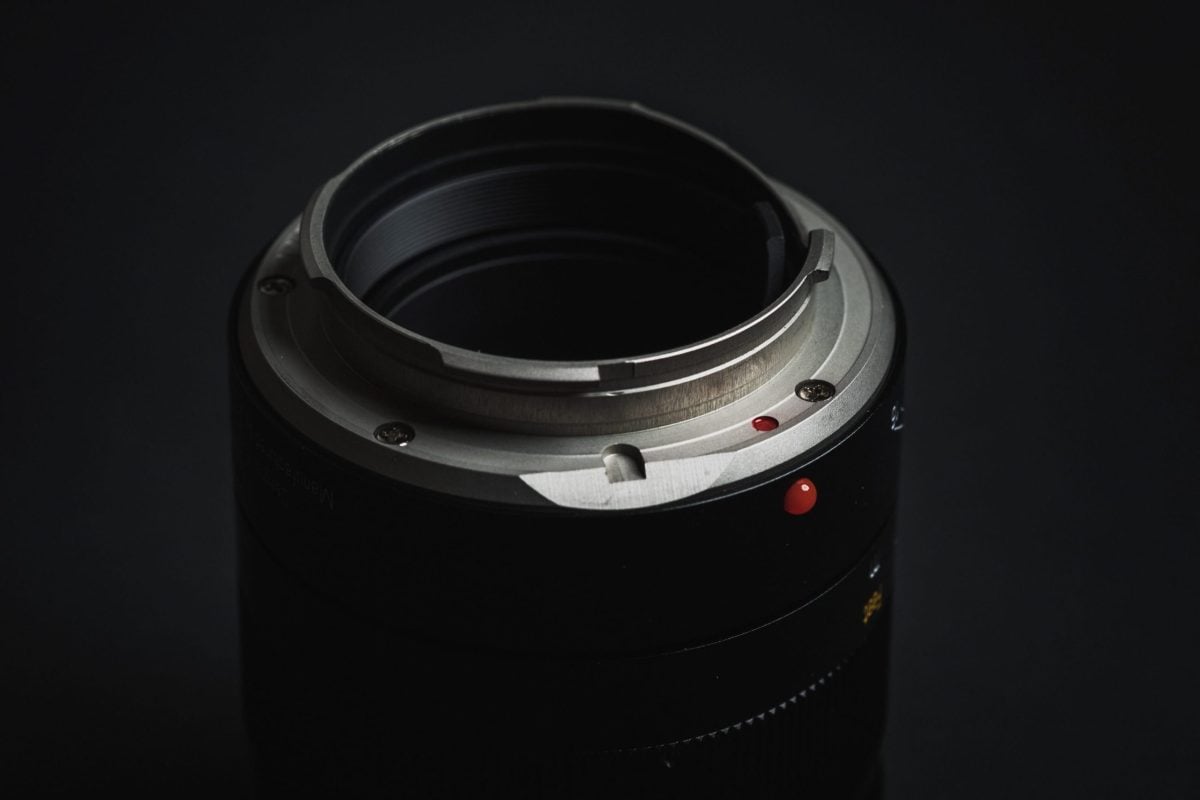

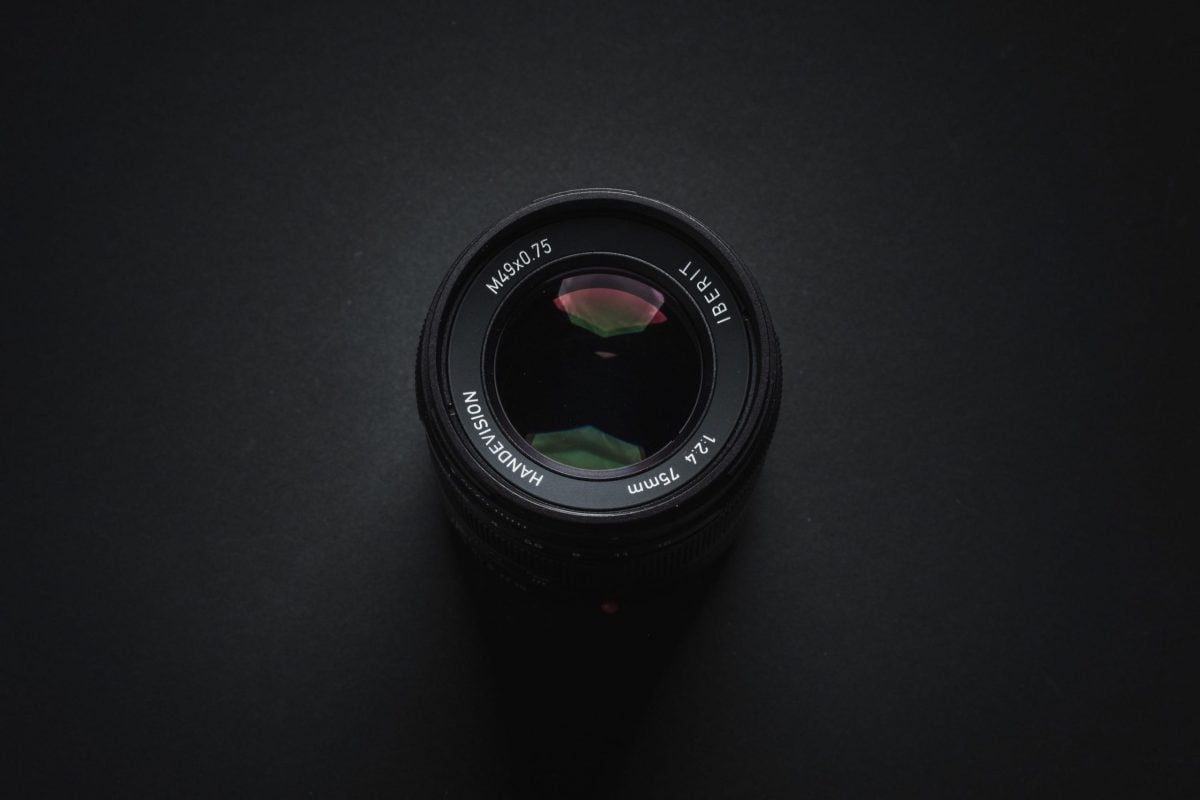
With the year-one version, when you give the lens a light shake, you do hear some movement; again, whatever that was has been totally fixed with the Elegant lens.
I’ve had a few issues with other Kipon lenses, but at least the optics have never been an issue. So far, every Kipon lens, except the version II of the 40mm f0.85 lens I’ve tested, has had perfect optical performance out of the box.
Leica Calibration
Some of my early lenses were also not perfectly calibrated for the rangefinder Leica system, and it’s not possible to adjust them yourself. The last lens I received was perfectly calibrated.
The aperture ring has half-stop clicks. With the Elegant lens, this is buttery smooth with the perfect amount of tension. This was good on the year-one version of this lens as well, but it has improved.
Focus Throw
The focus throw is a little shallow at about 90 degrees, the advantage is it allows you to throw the focus quickly, but you do need to be a little careful when shooting for perfect focus. I personally haven’t had any issues with focus precision considering f2.4 isn’t really that shallow, but some people may not like the 90-degree focus throw on a lens this long.
The minimum focus distance is 2.3′ on the Leica M variant of this lens. On the Sony E, Fujifilm X, and Leica L, it’s a touch closer at 1.97′. I find 2.3′ to be fine with this lens.
Feel
In terms of quality and tactile feel, the focus on this lens is buttery smooth and it’s a real pleasure to use. The only minor imperfection I see with this lens is when the lens is close to being fully extended, the focus turn does lose some of the tension, as the Helicoil extends and has less contact. Basically, when the focus is set close, there is more resistance in the focus turn, compared to when it is fully extended.
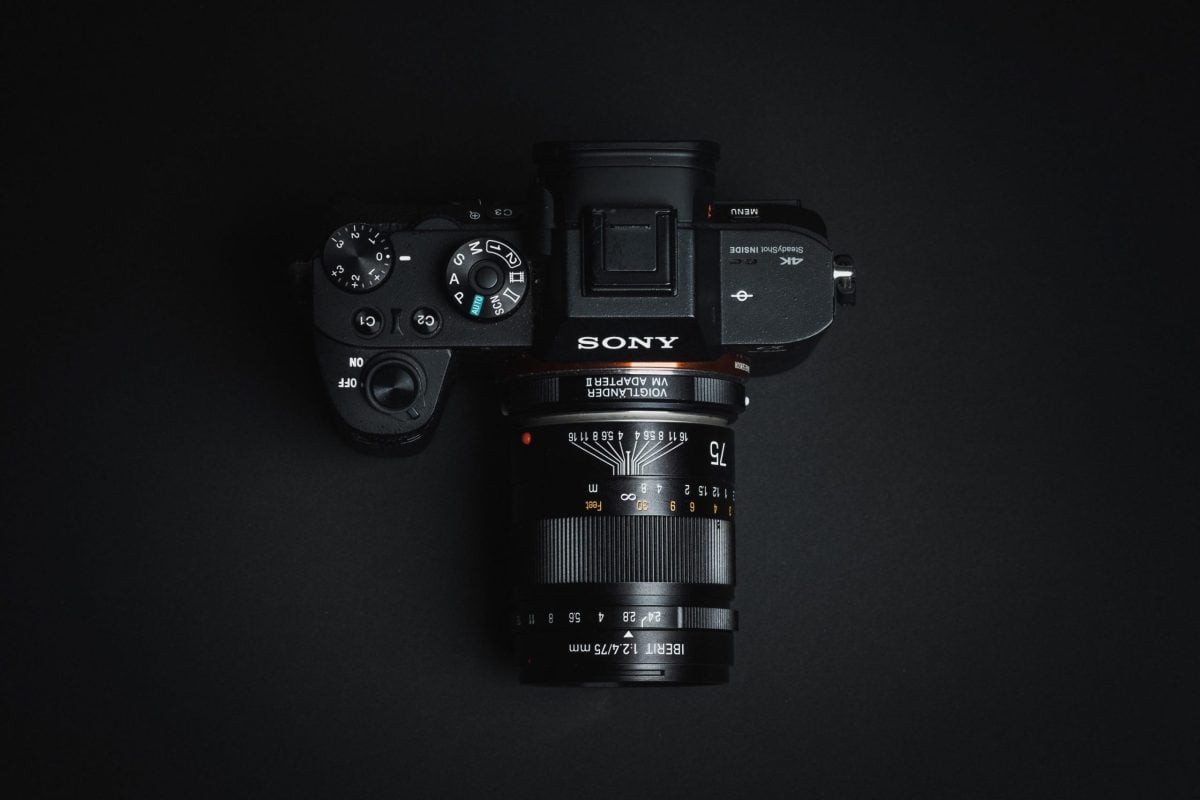
Durability
The original Kipon 75mm lenses did have some issues with durability but this has all been pretty much fixed. Kipon now has new factories and new machines and even their Leica M range finder calibration is really dialed in.
As a side note for Leica shooters, you can’t adjust the range finder calibration like with some of the cheaper third-party brands, this has to be done in the factroy.
I’ve been using the 75mm Elegant lens on my Nikon Z camera for almost a year now, and it’s absolutely a tank. It shows no signs of weakness even after heavy use.
Sharpness
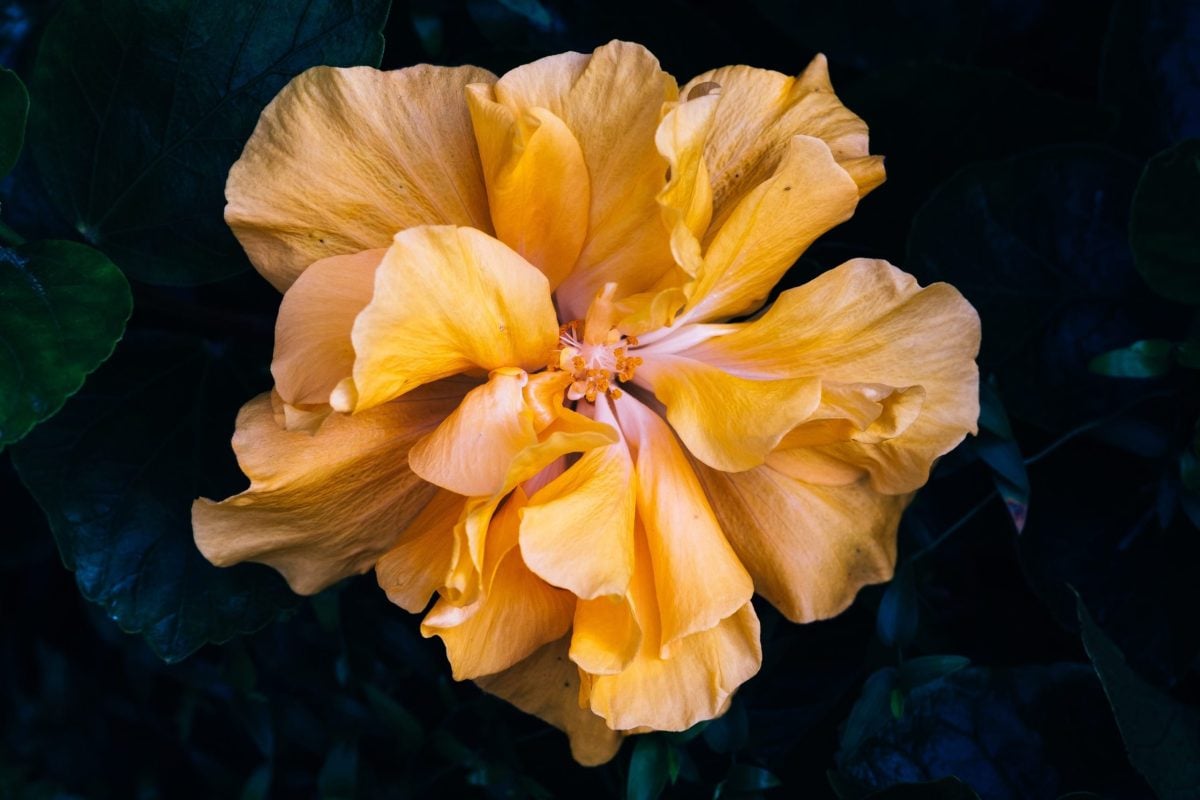
Sharpness is all around very nice. It’s good in the center and stays good in the corners.
It’s sharper than a lot of my “classic” lenses except for a few. In early tests, I saw that the Kipon 50mm lens is actually a touch sharper than this one, and the Voigtlander 35mm f1.7 is actually sharper as well. Yes, I know, two completely different focal lengths.
The bottom line is, sharpness is not an issue with this lens. It won’t blow you away, especially by today’s standards but I won’t disappoint you either, and is totally fine if you’re shooting a film. I’ll try to get some Leica M11 samples up soon as well.
This is the Mk I version tested here. It’s possible the new versions have been improved.
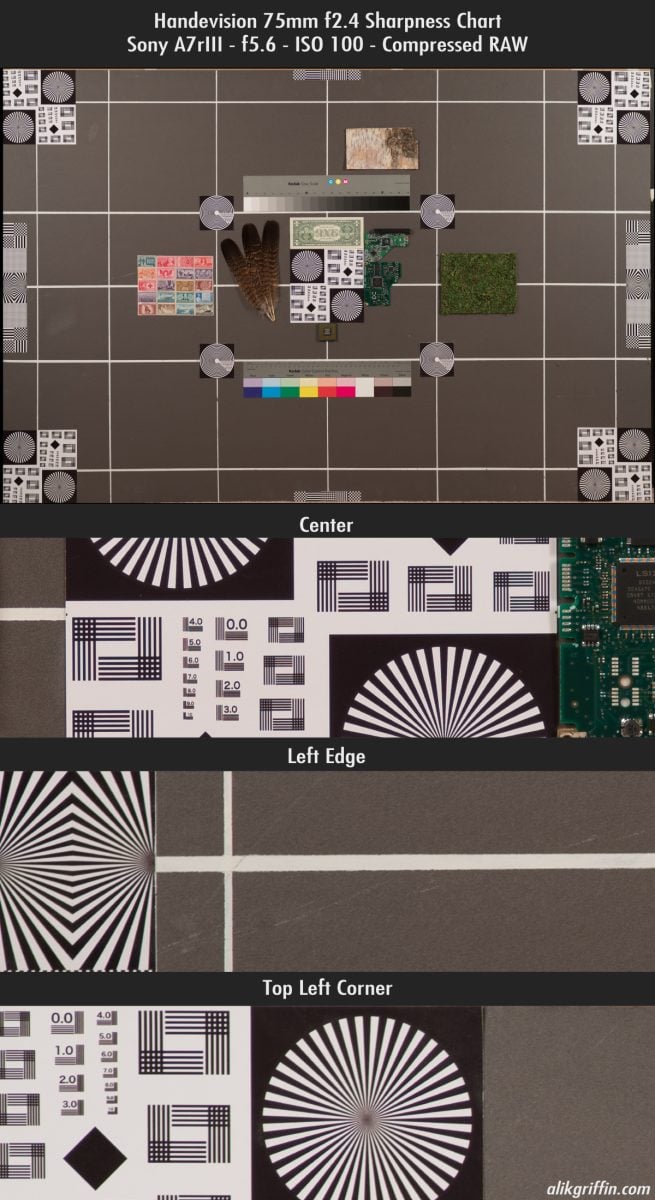
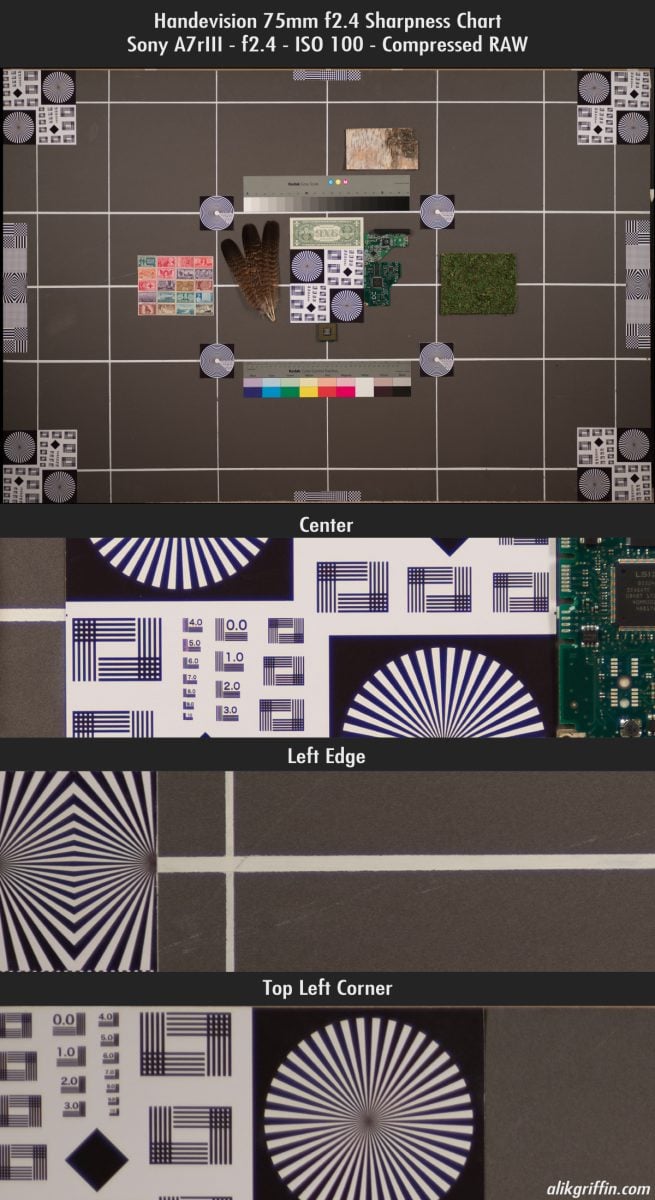
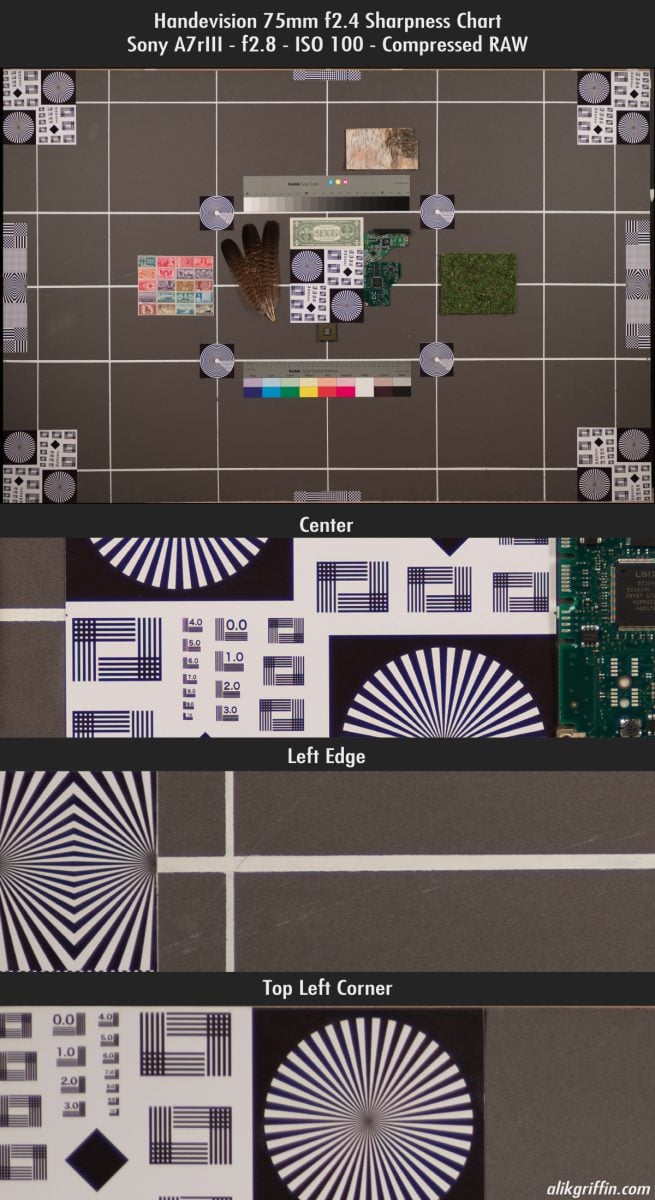
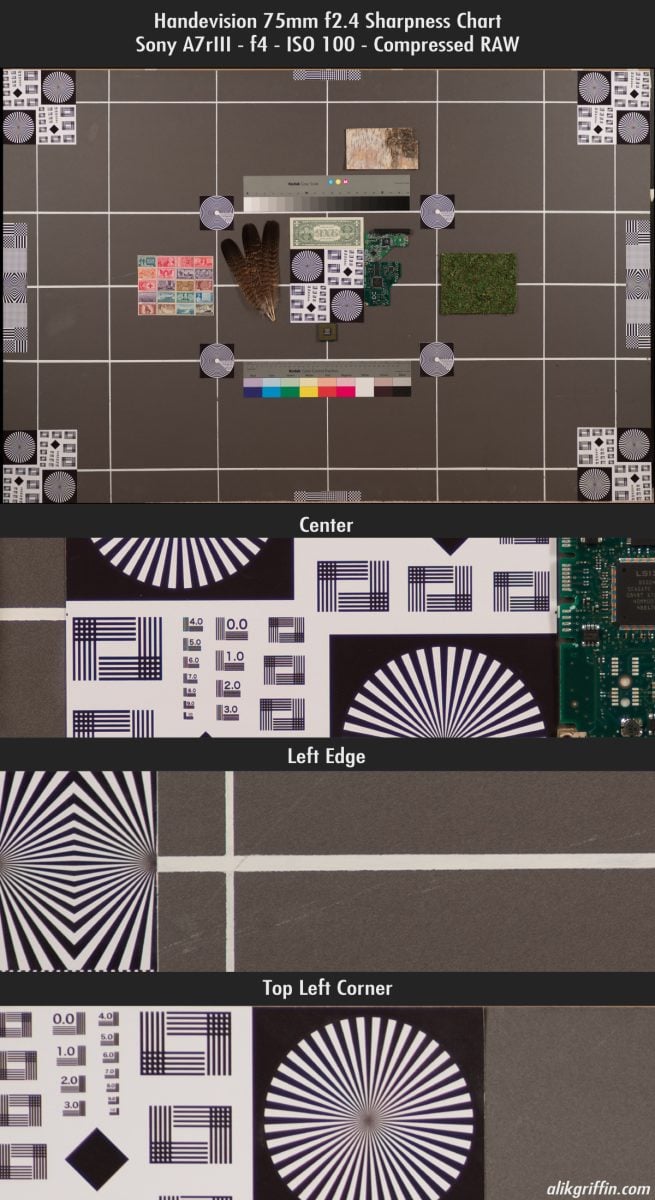

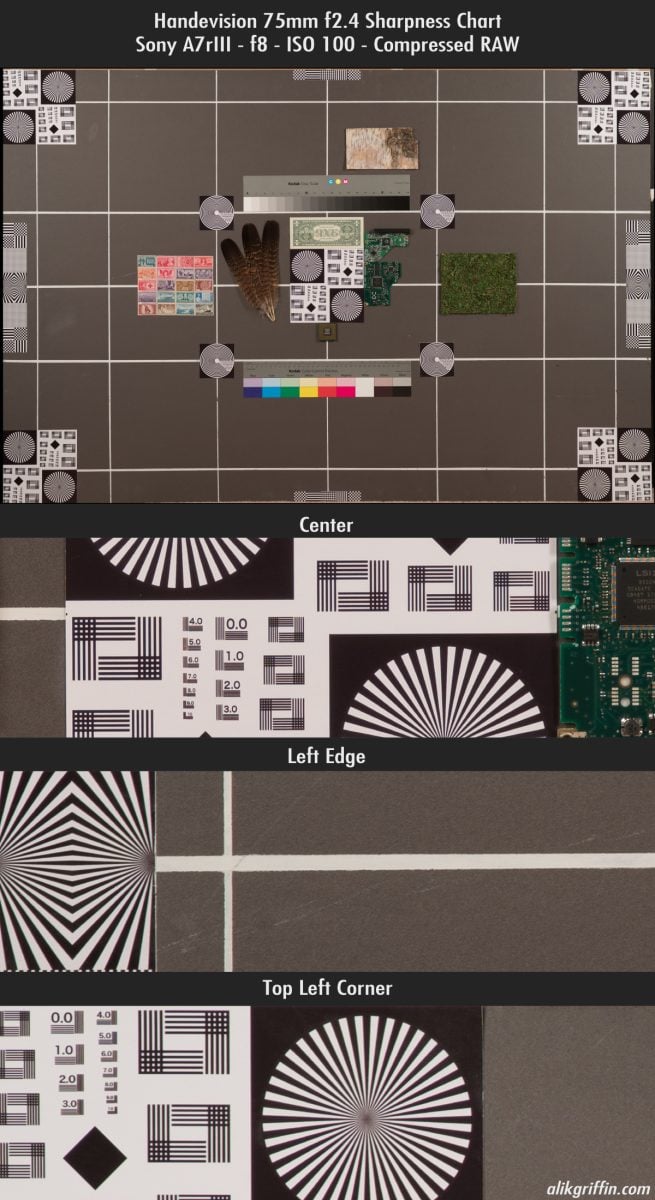
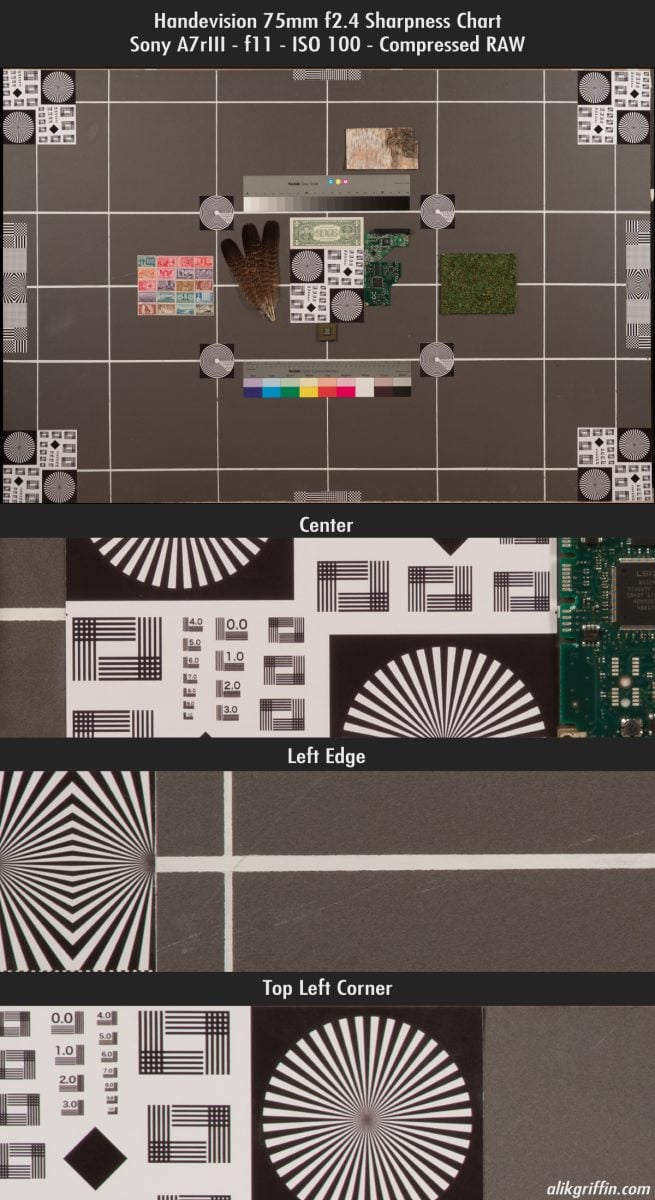
Portrait Sharpness
My daughter was moving around a lot, but I managed to get a few shots at f5.6.
I shot this using an Einstein 640 with the Fujifilm X-Pro2. ISO 200, f5.6, 1/60.
Again, it’s not as sharp as something like a Nikon Z 50mm f1.8, but for a manual-focus lens, this is acceptable.

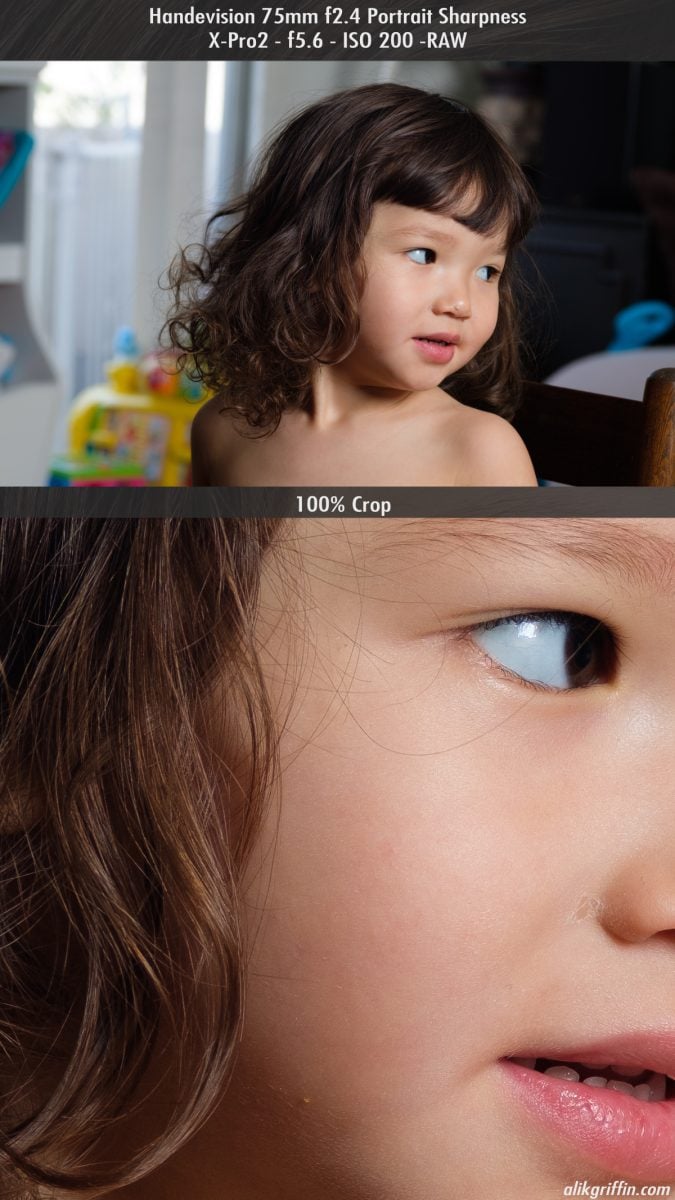
Diffraction & Spherical Aberrations
The center of the lens has a blue tint, which clears up at around f5.6. In terms of sharpness, f4 to f8 render the most detail.
At f11, the lens is still very usable, with only some loss in IQ from diffraction. By f16, however, you will see a significant loss in detail and micro-contrast.
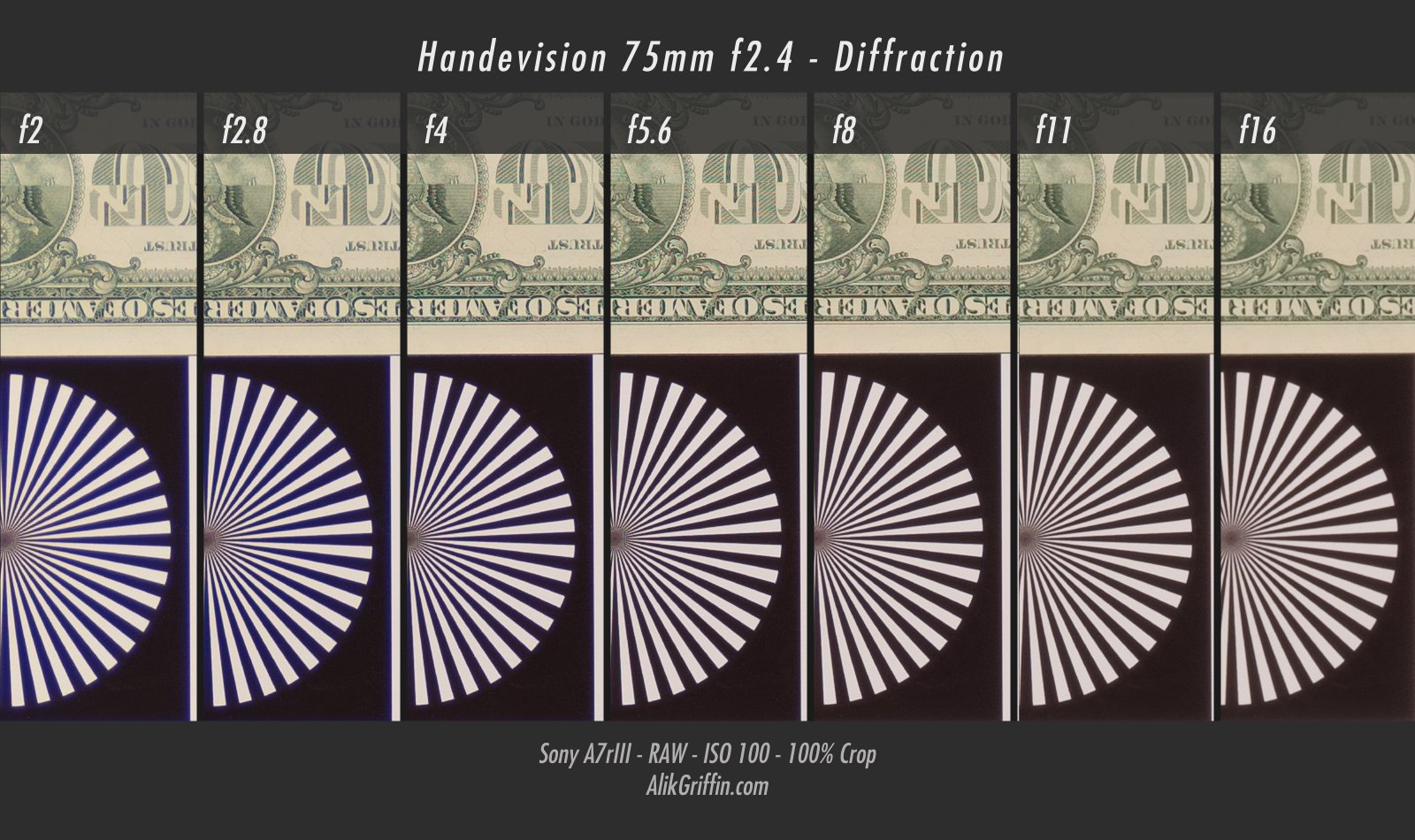
Chromatic Aberrations
This lens has some chromatic aberrations. They are nothing serious, but they are not quite as correct as some of the modern lenses with more complicated designs.
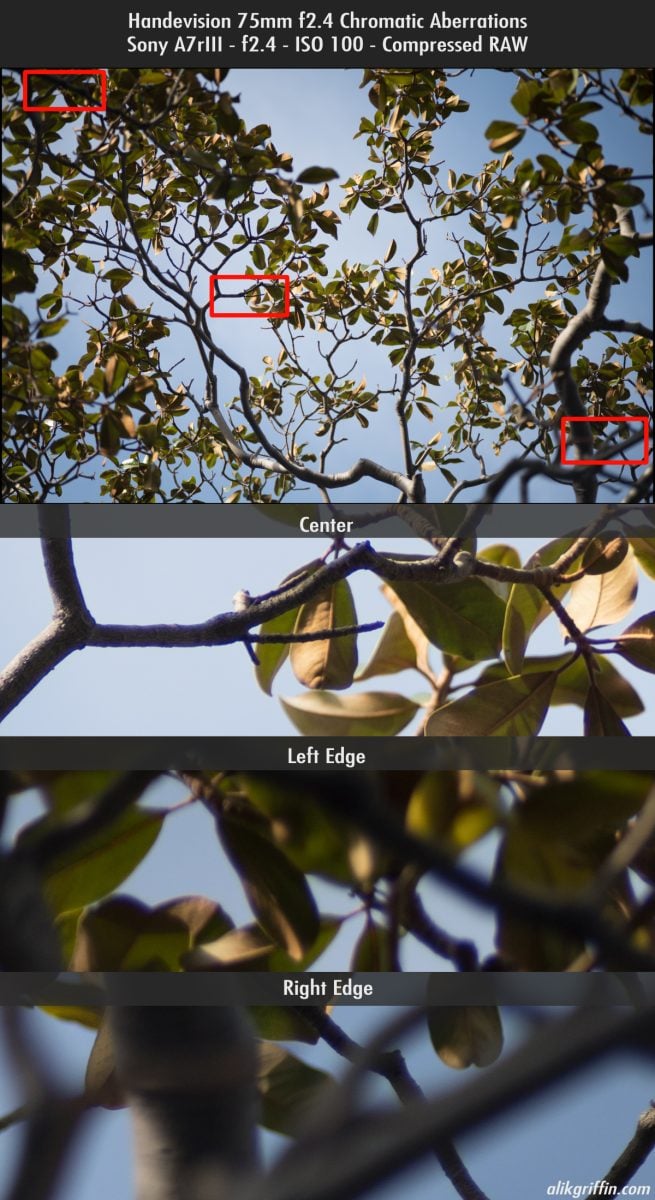
Vignetting
Some vignetting at f2.4, by f4 it clears up. By f5.6 it’s almost completely gone.
There is also a noticeable bright spot in the center until about f4. You can especially see it in the Chromatic Aberration sample above.
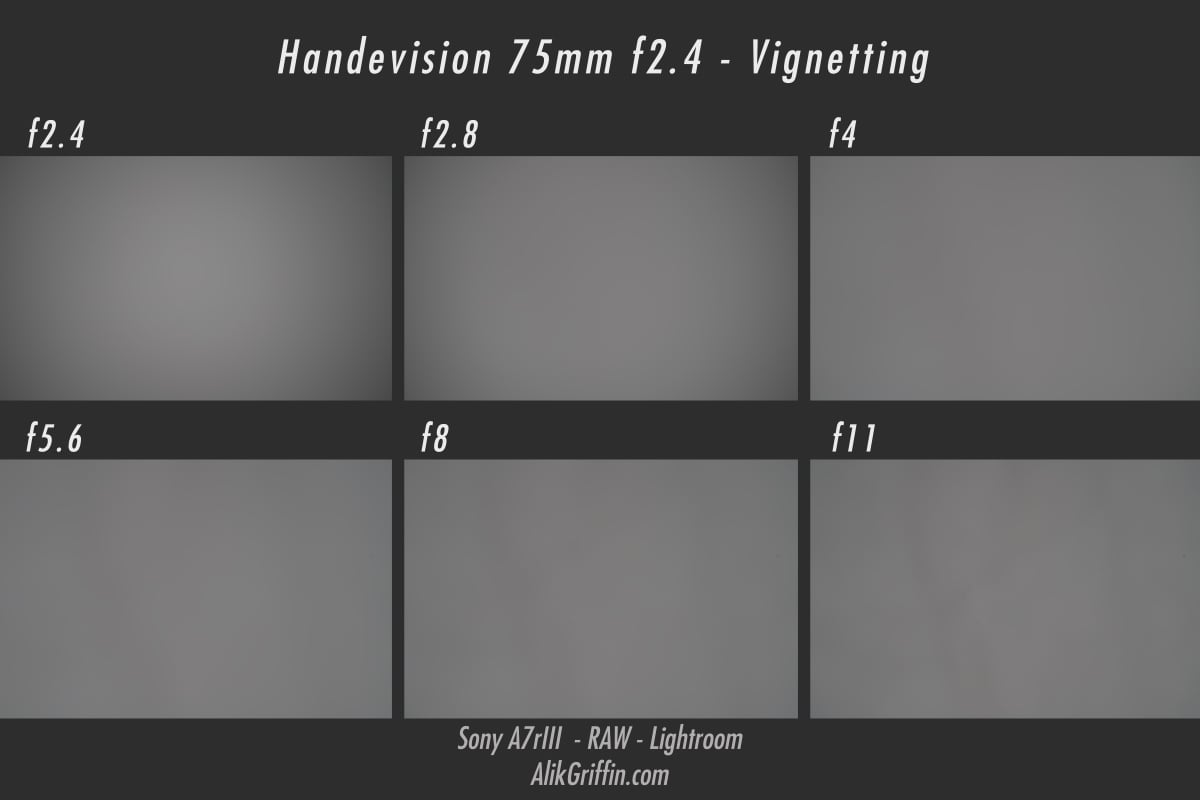
Distortion
The Kipon 75mm only has some very minor barrel distortion, that’s about it.
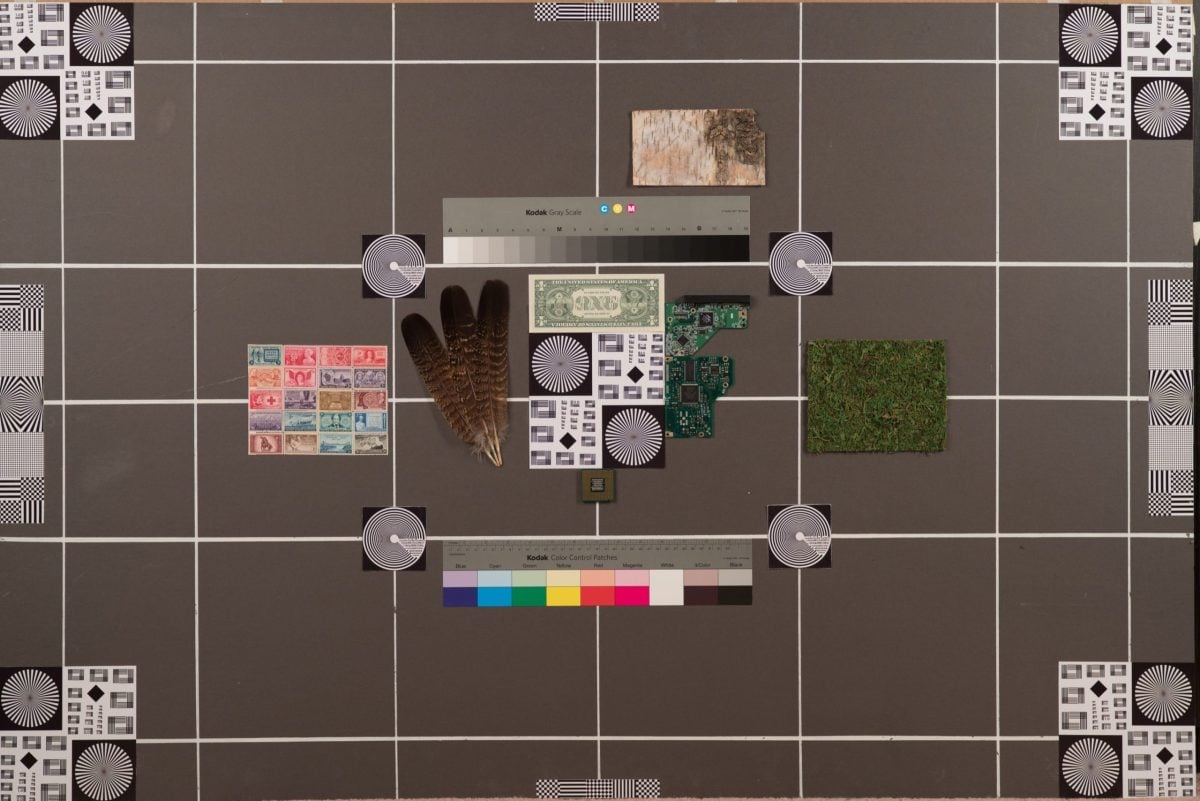
Flaring
Flaring is fairly well controlled, but nothing like a modern Fujifilm or Nikon lens.
I haven’t really noticed it being an issue in casual shooting, so I took it out and shot into the sun. Even at f2.4 and shooting directly into the sun I still see only moderate flaring with only some noticeable reduction in color and contrast.
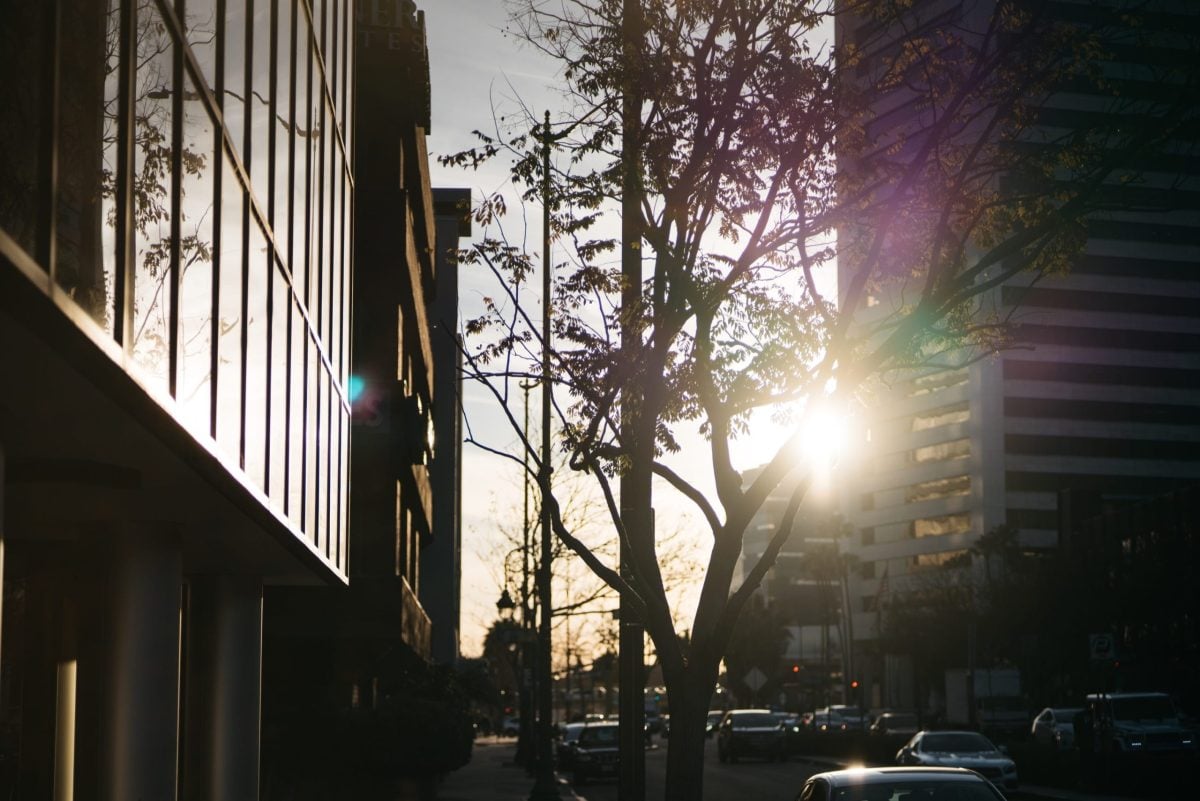
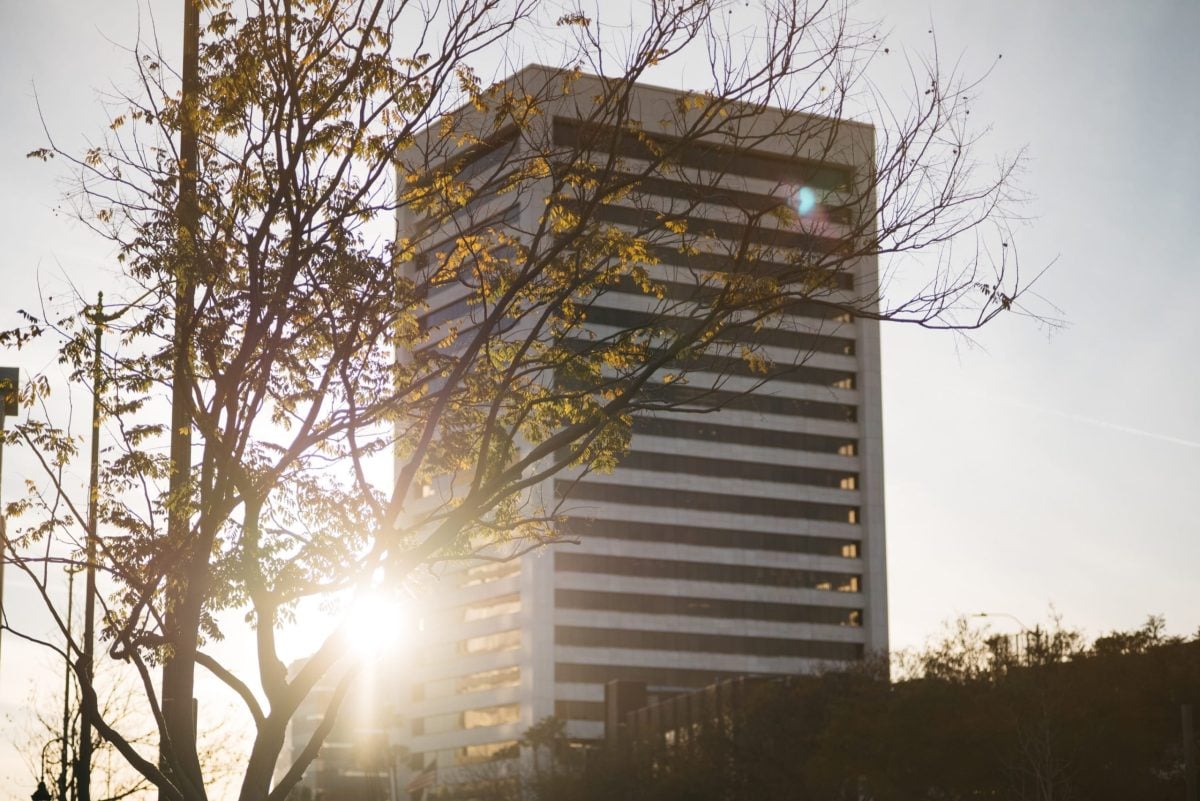
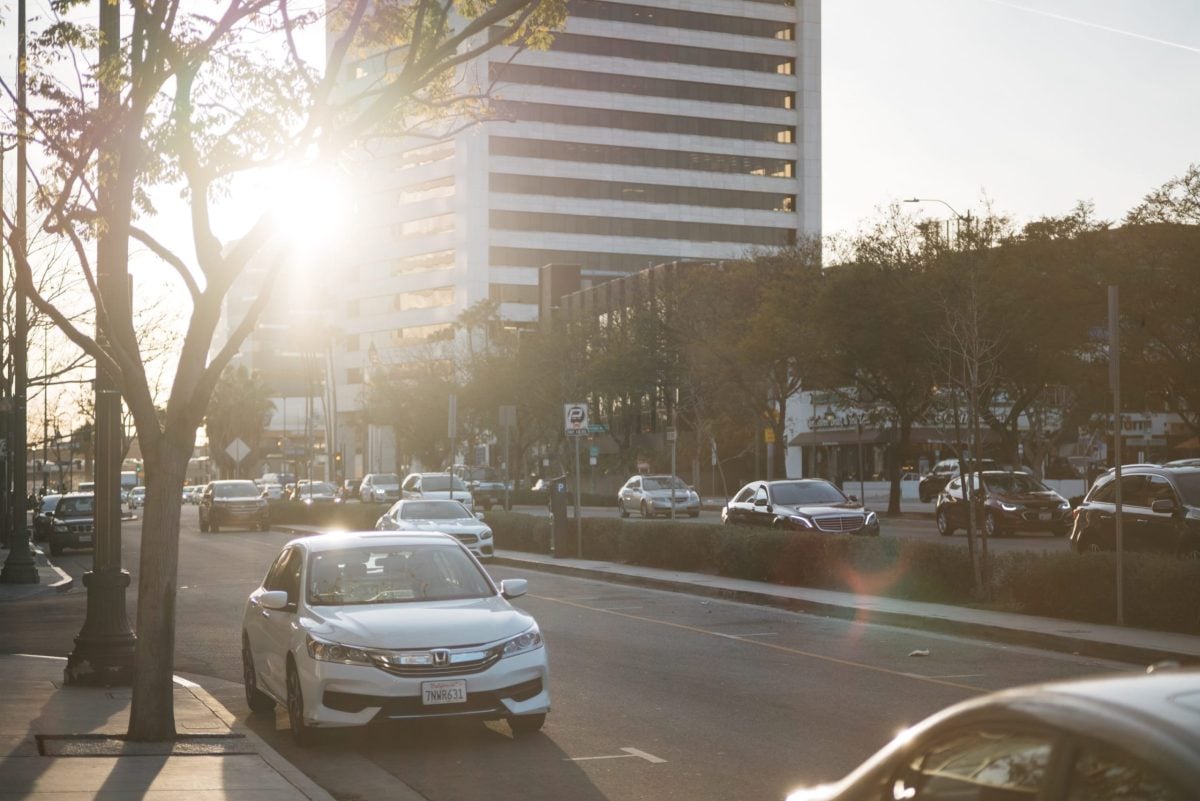
Personally, I like a lens that will flare a little.
Art And Character
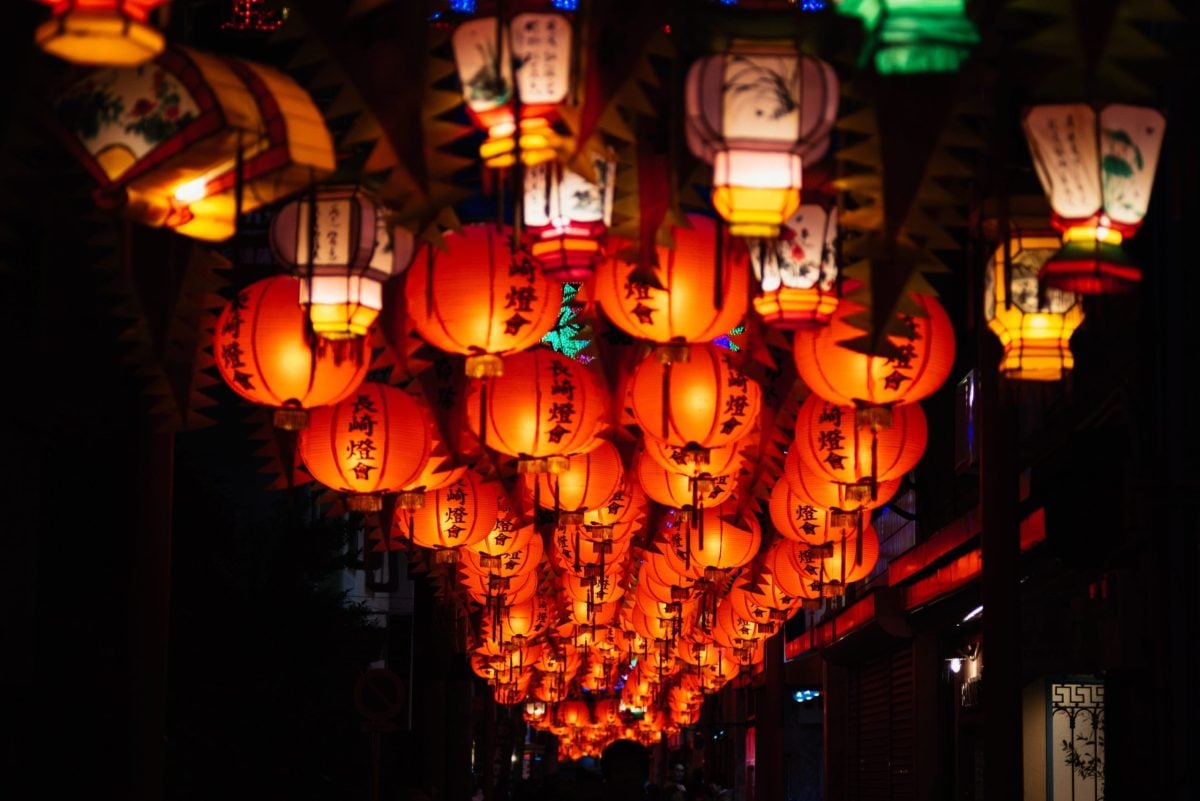
I’ve been adding art and character to my reviews. It’s not quantifiable, really, and most lens reviews fail to discuss this. In my opinion, this is what makes a lens great. If you were reviewing cars, this would be how a car drives or handles. Some cars might have a lot of horsepower, quick breaking, a good safety rating, etc., but is it fun to drive?
With lenses, the art and character can make or break a lens.
What is the art and character of a lens?
It’s a few things, color rendering, depth rendering, or as some people are now calling the “transition zones.” This is how the image renders between the areas that are in focus out of focus. Then there is bokeh, contrast, and micro-contrast.
Color Rendering
I’ve tuned the color in all the sample photos in this review (except in the charts), but not by a lot. I usually just apply a film look, brush in some extra contrast and clarity into the subject and that’s about it.
What I’m noticing, and you can see in the image below, is a very rich color even in the bokeh. If you’re ever wondering why some photographers have such deep and rich colors in their images, a lot of it has to do with the lens and the Kipon 75mm will give you that.
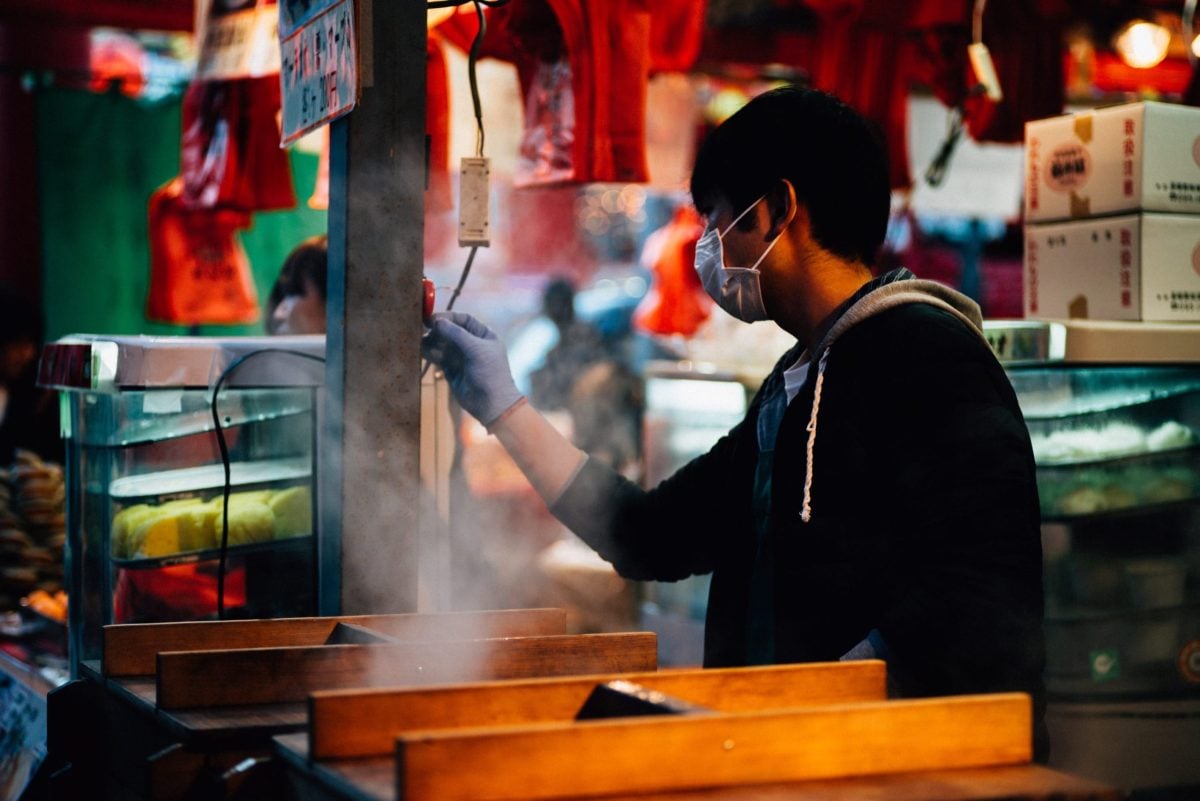

Foreground To Background Separation | 3D Pop
What gives that 3D pop? A few things – good contrast, micro-contrast, and good foreground-to-background separation.
You can really see what I’m talking about in the images below. The subject looks almost cut out from the foreground and background, almost like fake 3D. Even at f2.4, it creates a very beautiful subject separation you just don’t see very often, especially in a lens that you can get for under $500-$600.
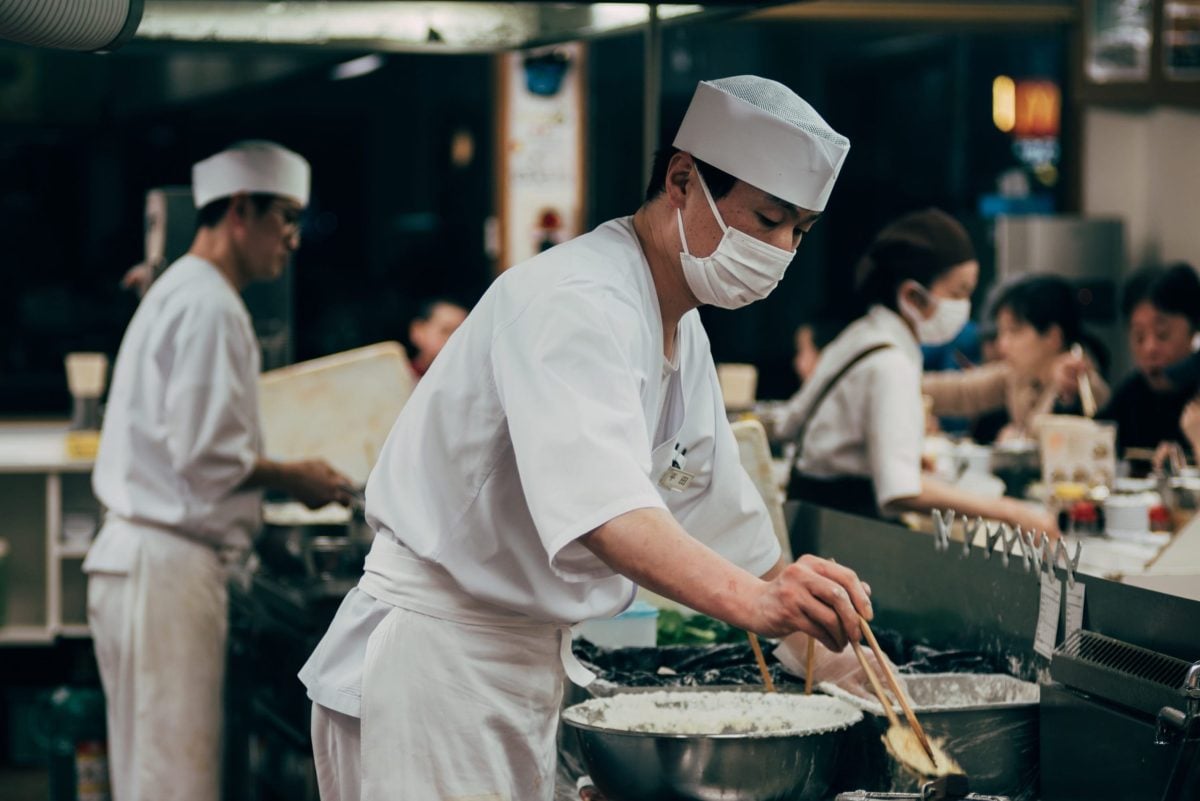
Contrast & Micro Contrast
Micro-contrast is different from just contrast. Micro-contrast has to do with inner tonal details, which give the illusion of sharpness and detail even when you’re not pixel-peeping. It usually, but not always, has to do with how many elements a lens has. Ultimately, the more glass light has to pass through, the more of the structure of the light is lost. For example, you’ll notice your images take a huge hit in quality if you shoot through your car windshield.
The Kipon with its 5 elements in 5 groups has incredible micro-contrast. Images always look very detailed and the contrast is very lovely. It’s an excellent lens for black-and-white photography.
I thought this image below was an incredible testimony to the contrast and micro-contrast of this lens. There is just so much detail in the skin tones.
Bokeh
Bokeh is buttery smooth and very rich. Even at f5.6 bokeh is still very pretty even though it only has only a 6-bladed aperture. At higher f-stops, you will see some hexagonal bokeh.
There is a slight swirl with some cat’s-eye bokeh along the edges.
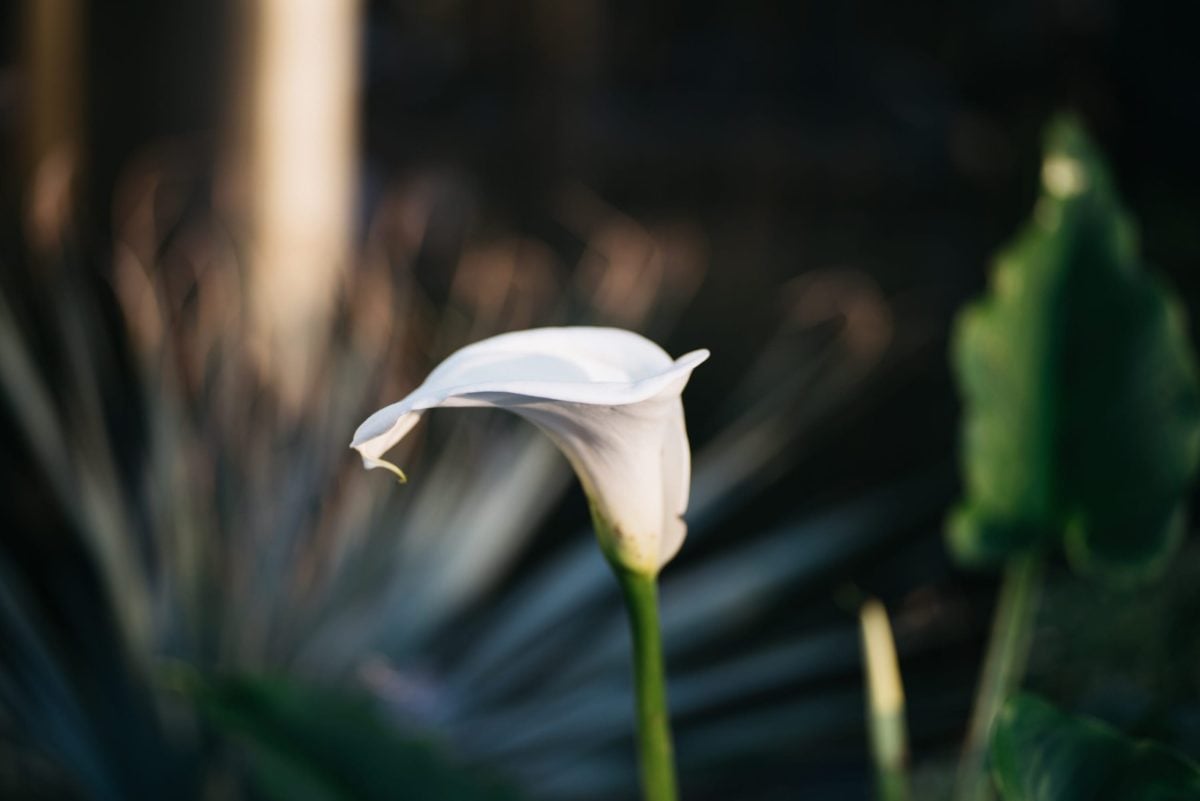

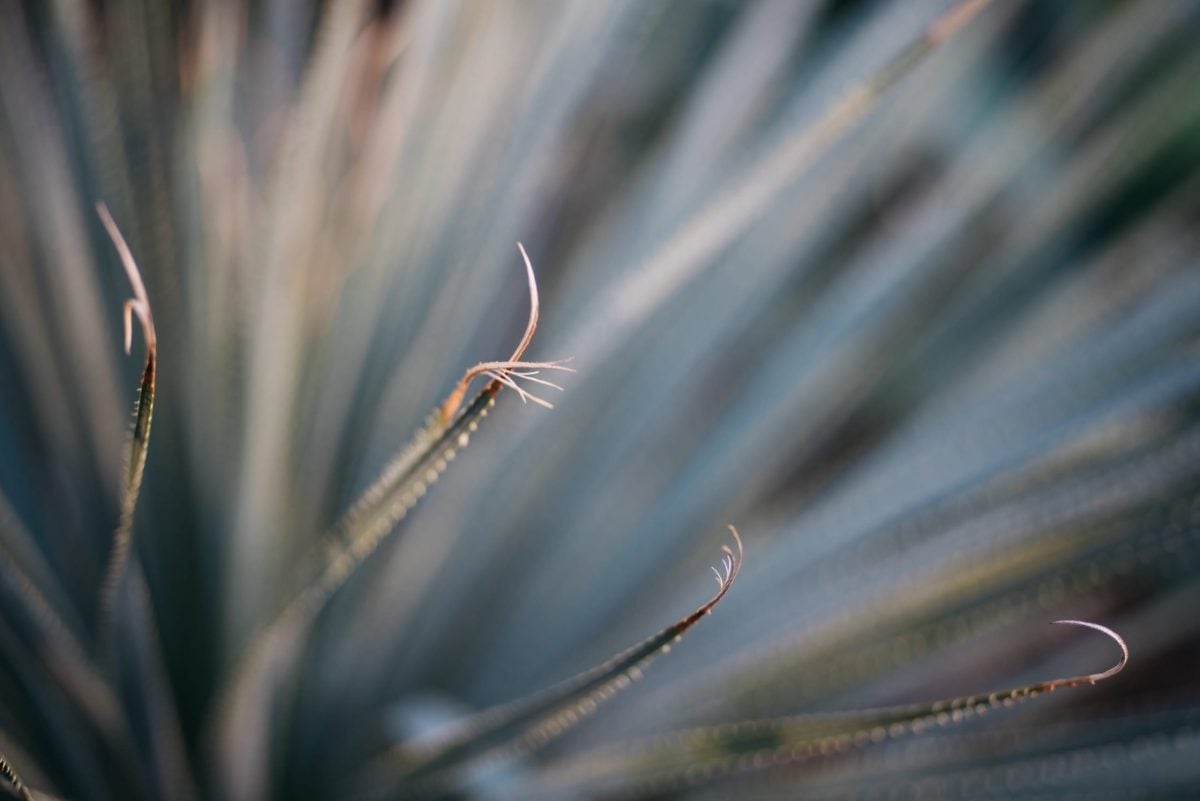
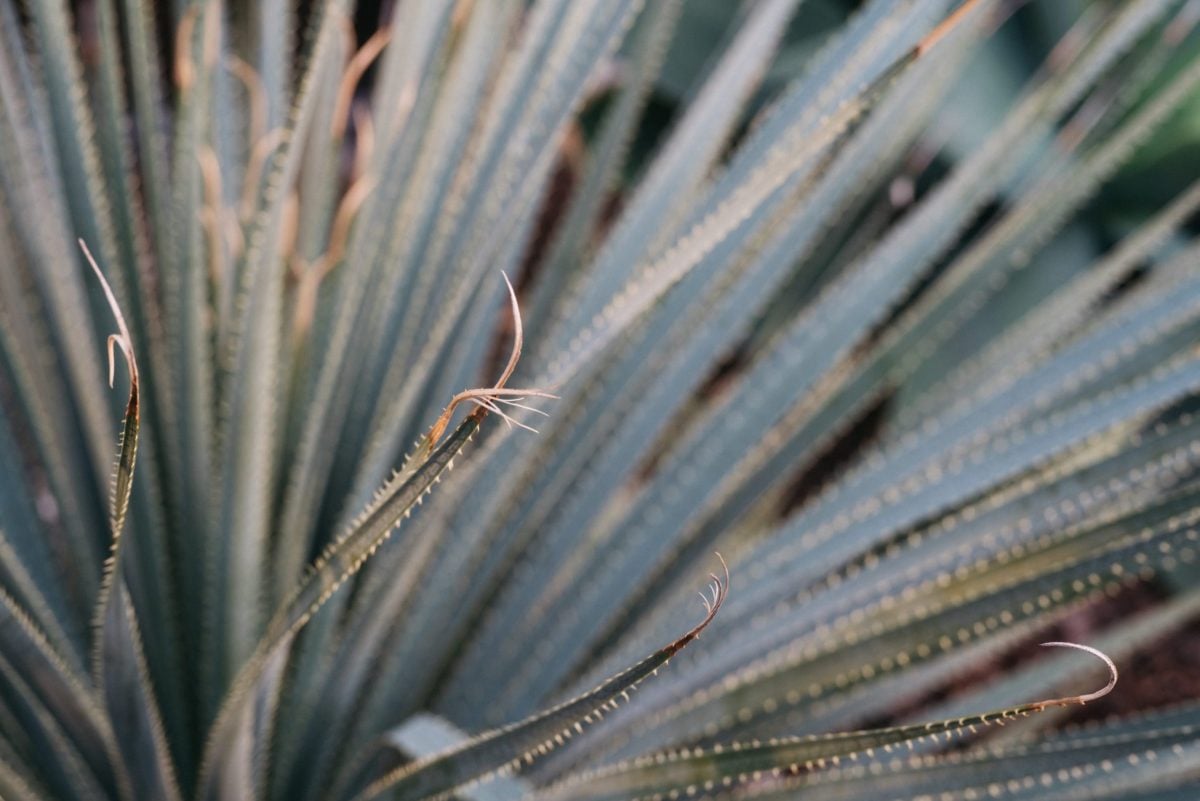
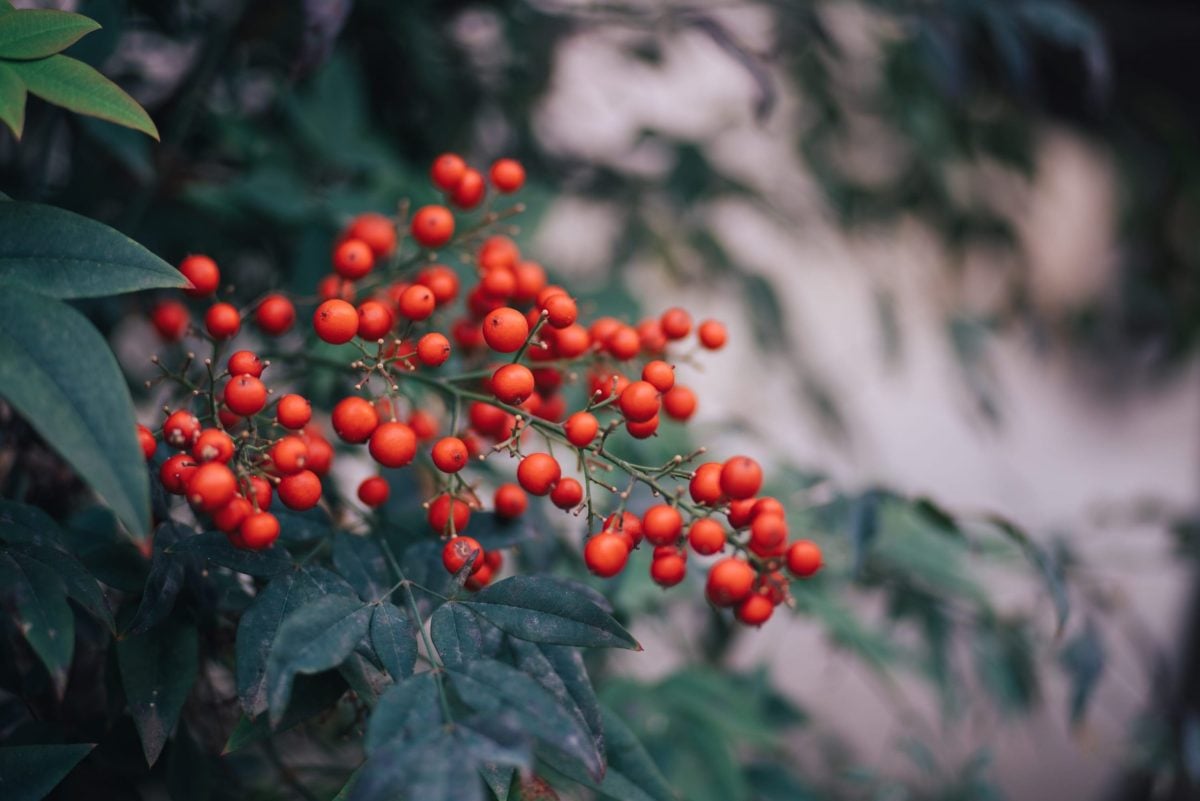
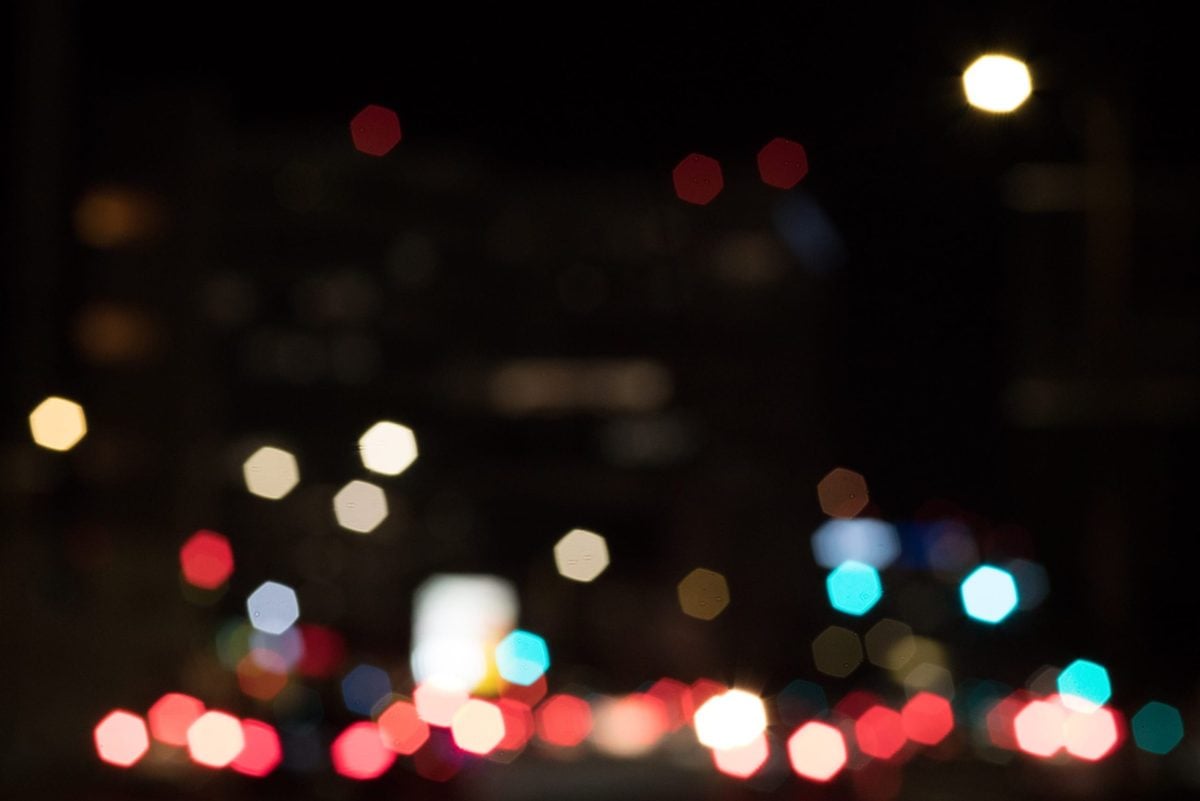
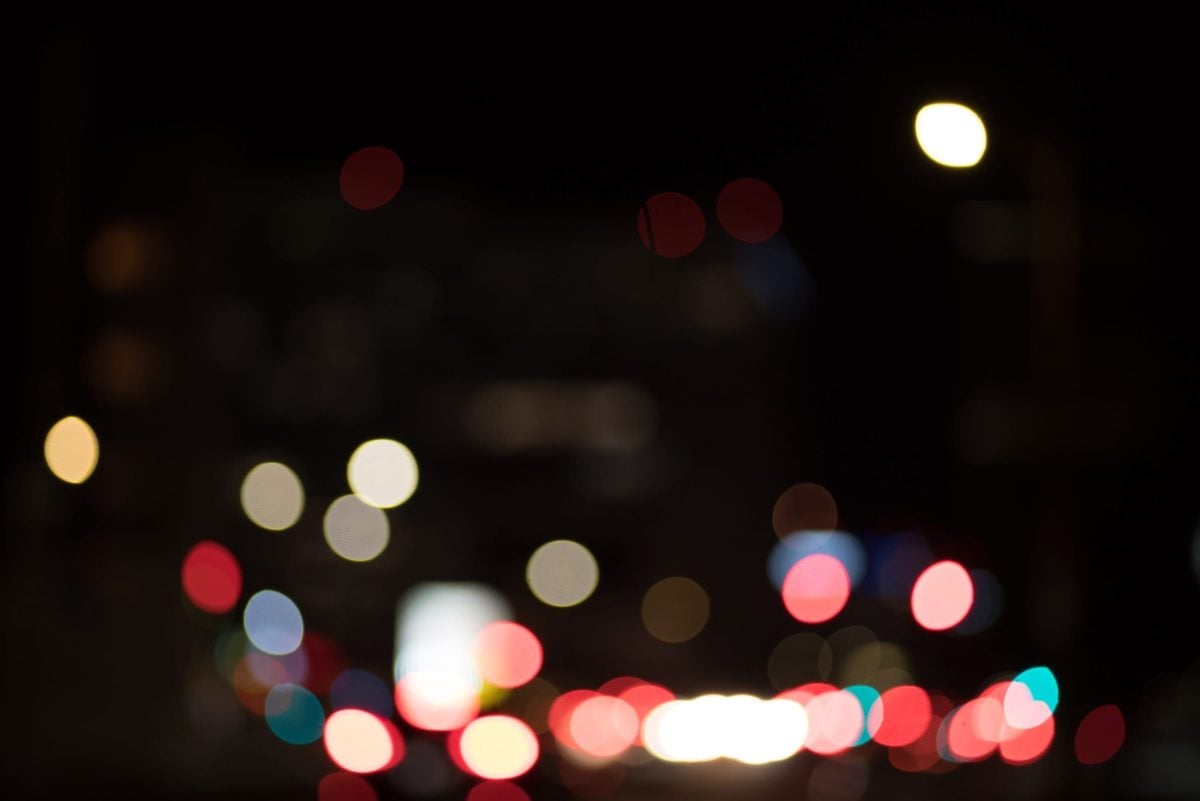
Kipon Elegant 75mm f2.4 Review | Bottom Line
Should you get this lens? For Fujifilm, there just aren’t many other options other than going with cheap Rokinon / Samyang lenses. There are a few for Sony if you’re willing to spend the cash. I can’t speak for the Loxia lenses in terms of quality and durability, but Zeiss does have a great reputation if you’re willing to spend twice as much money for their 85mm.
There are many faster long lenses now by companies like Voigtlander, TTArtisan, or even 7Artisans, and sometimes they are great, and sometimes they are less expensive. TTArtisan has been making nice lenses lately, but it just depends on what you need and what style you shoot in.
The Kipon lenses’ build quality is much better than that of 7Artisans and TTArtisan, so while you’re sometimes paying more money for a slower lens, you’re getting better build quality and probably better micro-contrast.
This lens is nice for the price. For Leica M shooters who don’t need a super-fast lens, this is one of the best affordable options. There is the Leica 75mm f2, but that lens is in a totally different price category.
This lens is a great deal, and I’ll add the rest of the Kipon lenses to my collection.
I’ve been very happy with the IBERIT 75mm, which is currently one of my favorite lenses for street photography. It’s great as a full-frame lens but also as an APS-C lens.
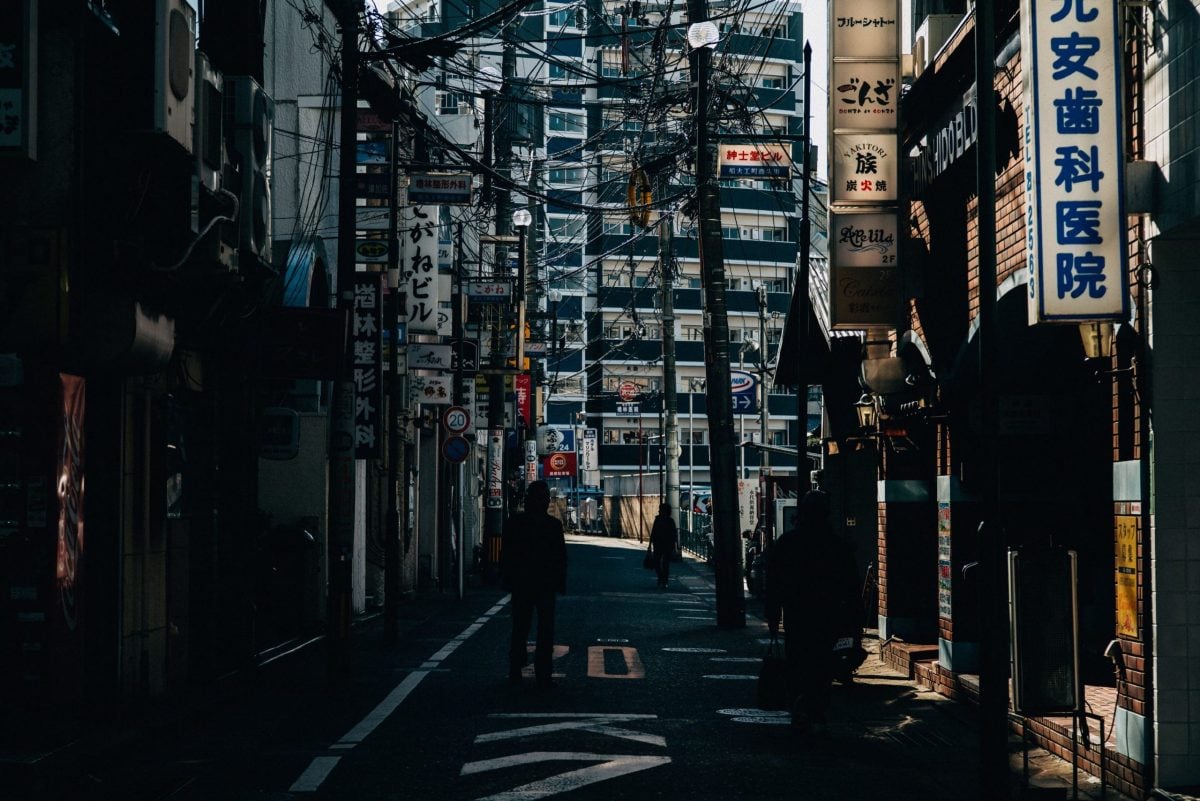
Kipon 75mm f2.4 Sample Photos
Sample photos are shot with the Sony A7r III in full frame and in Super 35mm crop mode. Some are also shot with the Fujifilm X-Pro2.
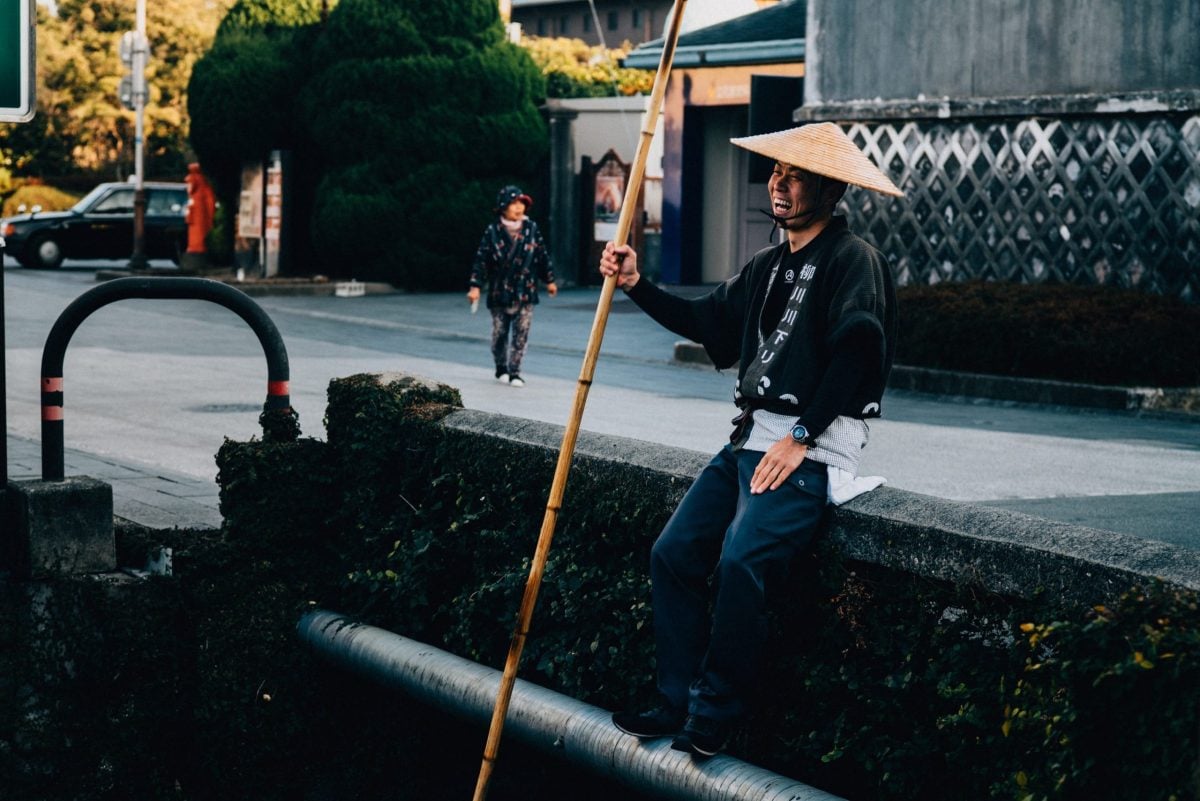
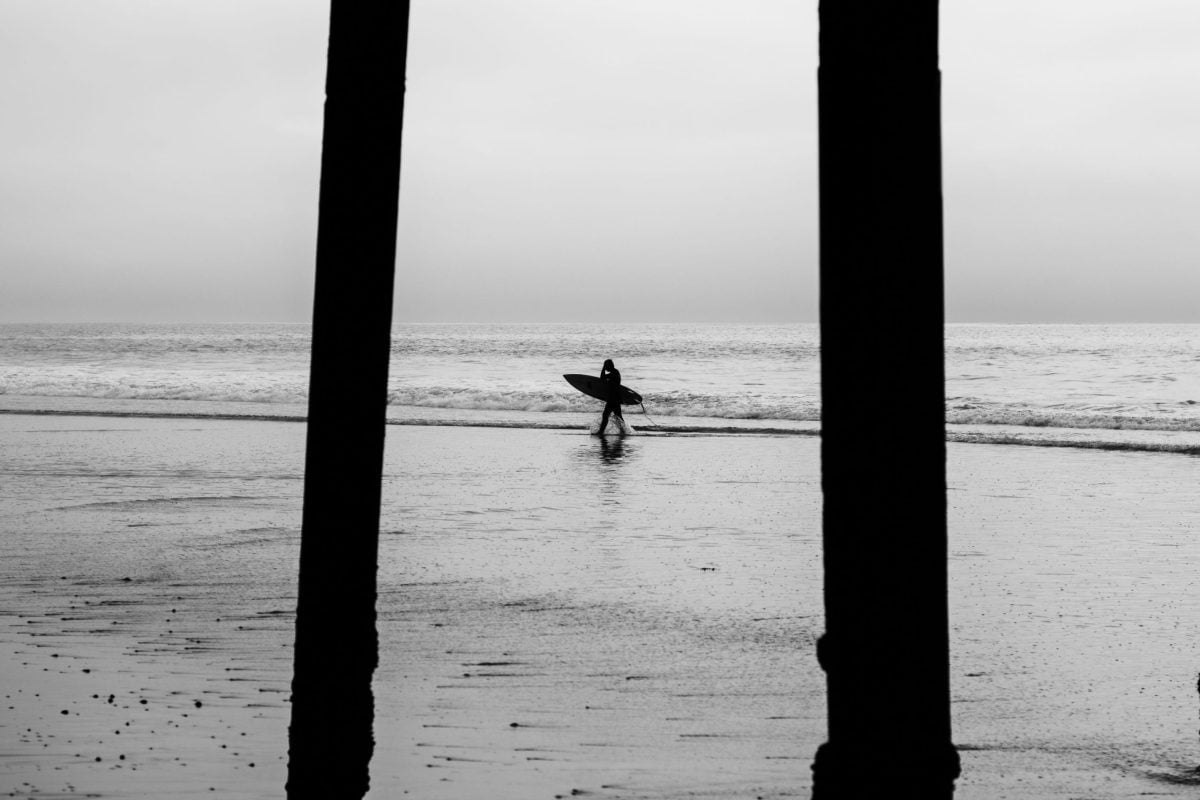
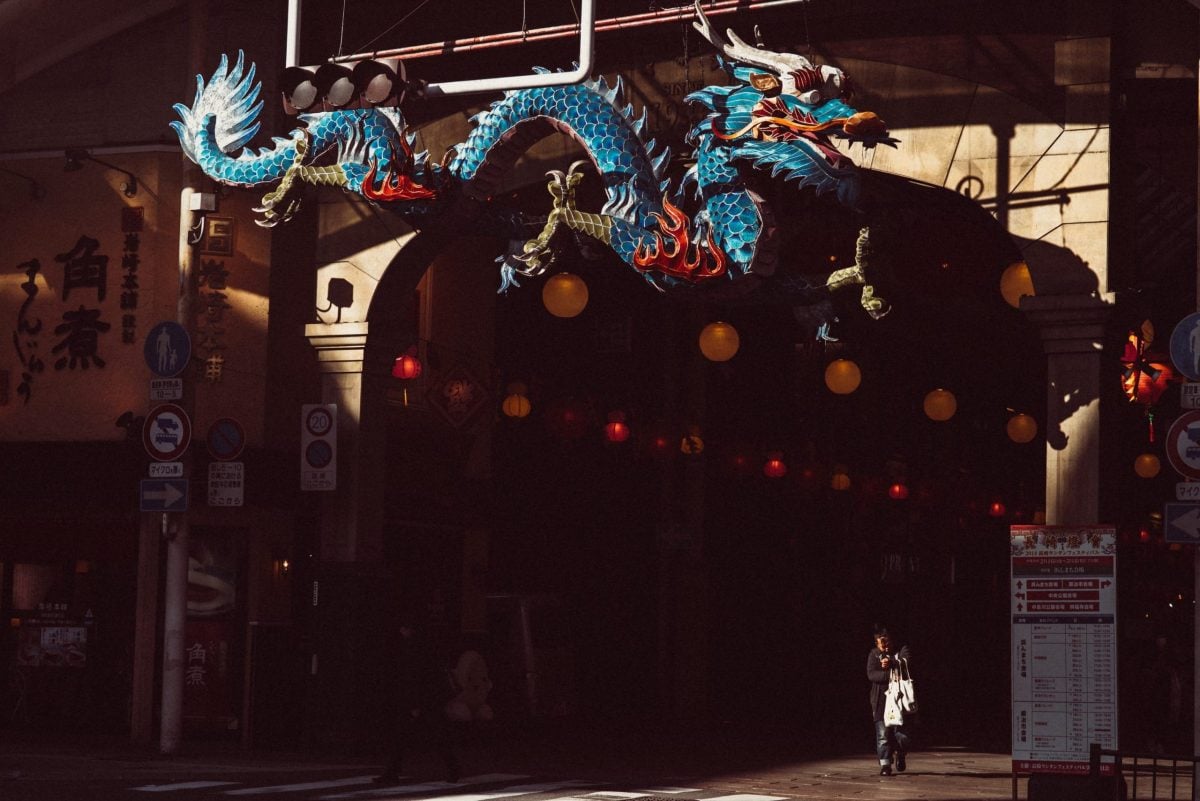
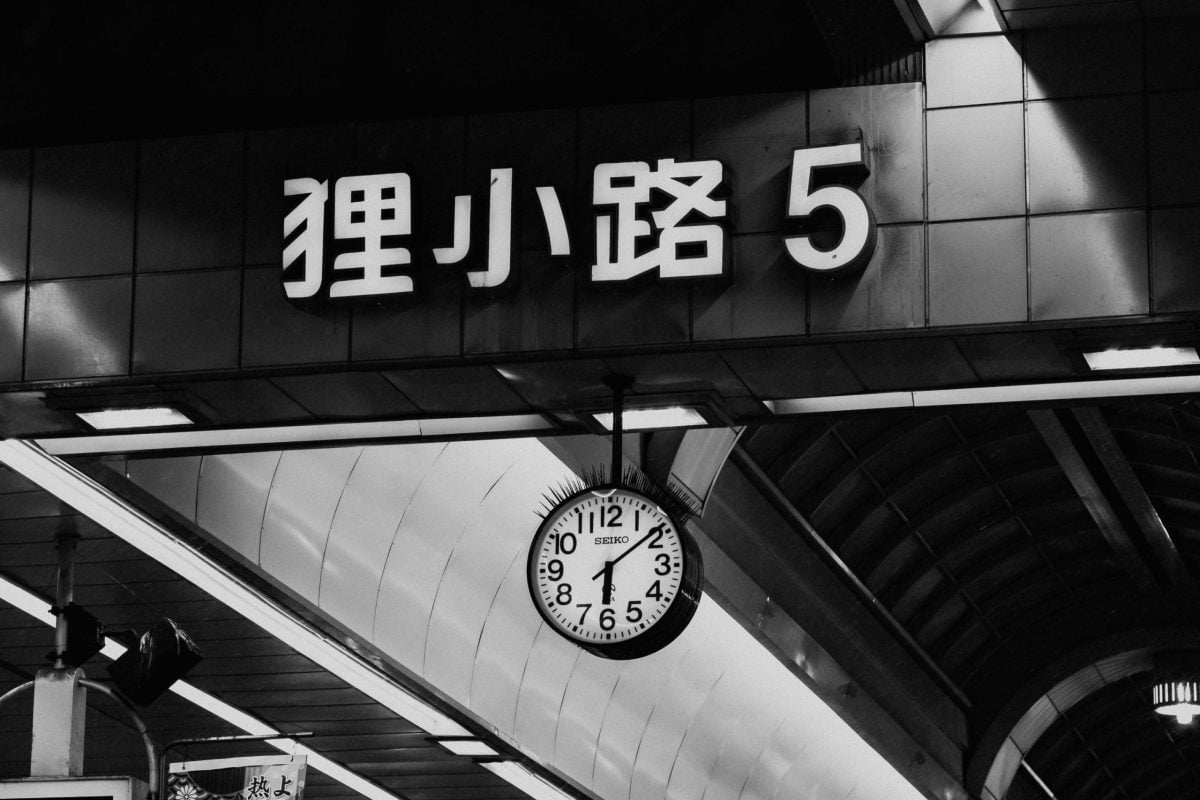
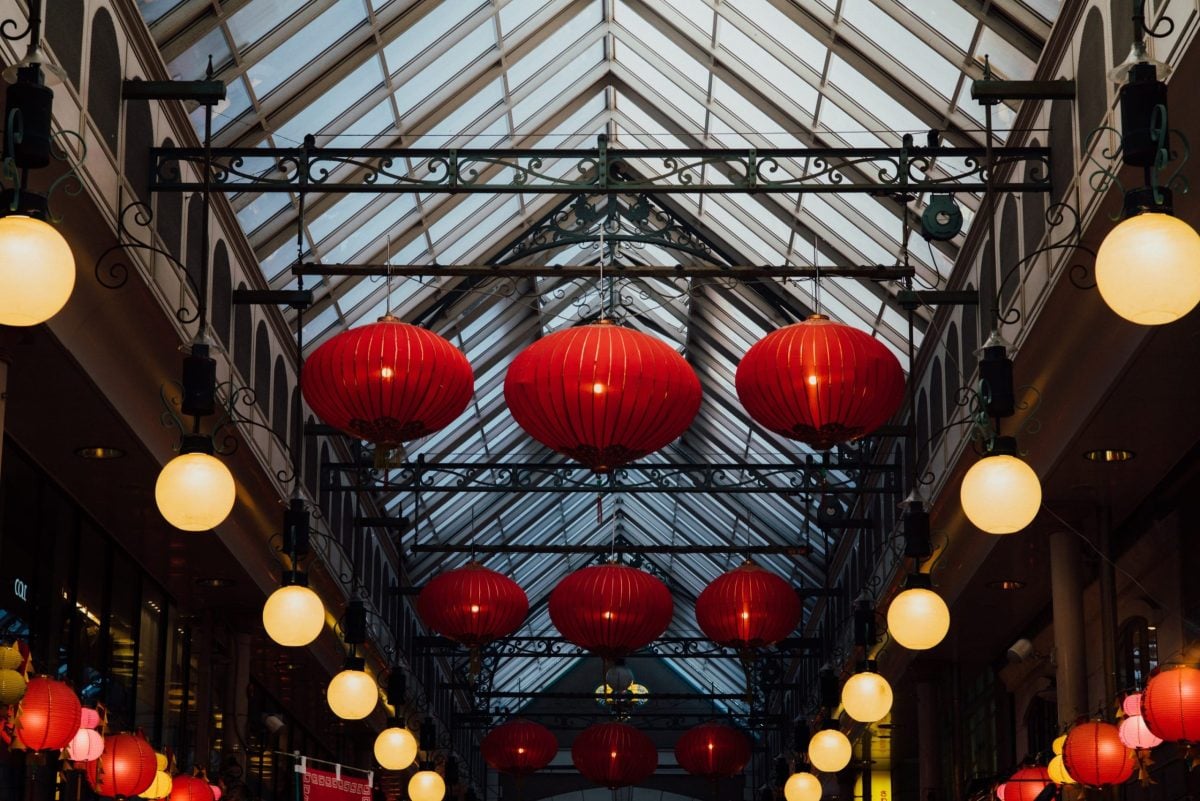
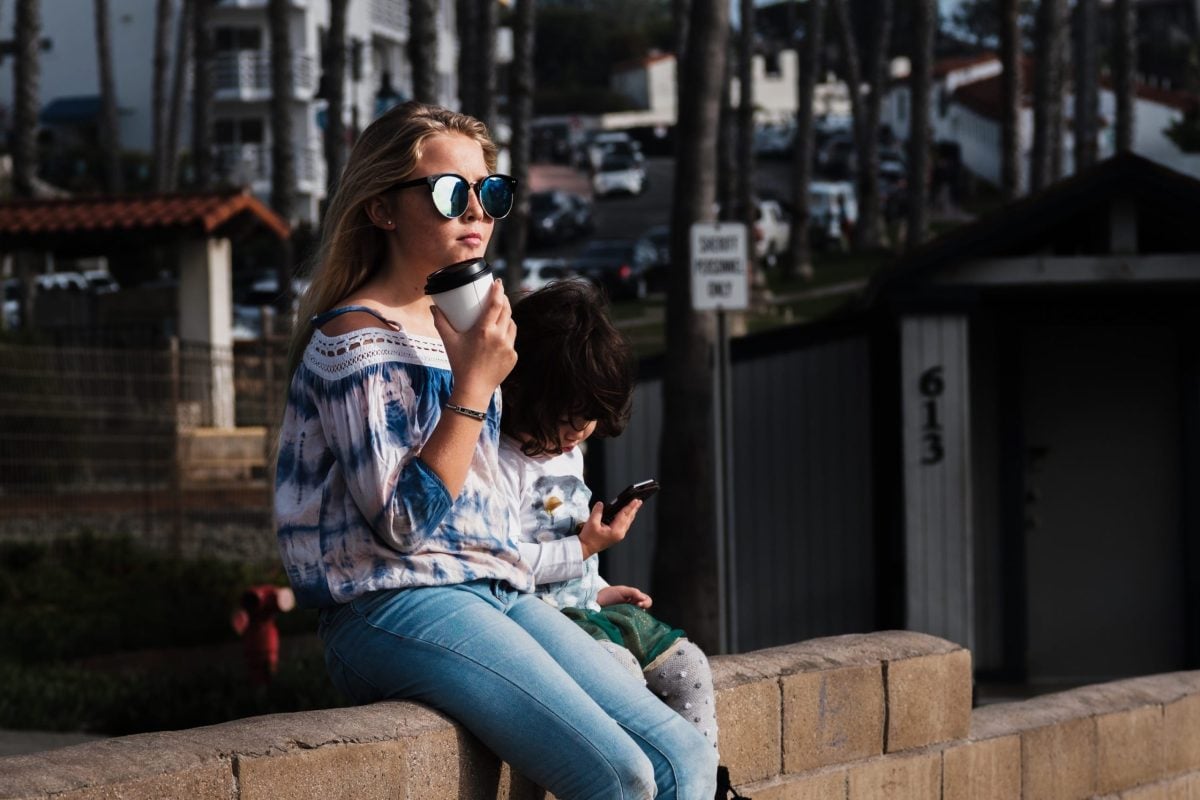
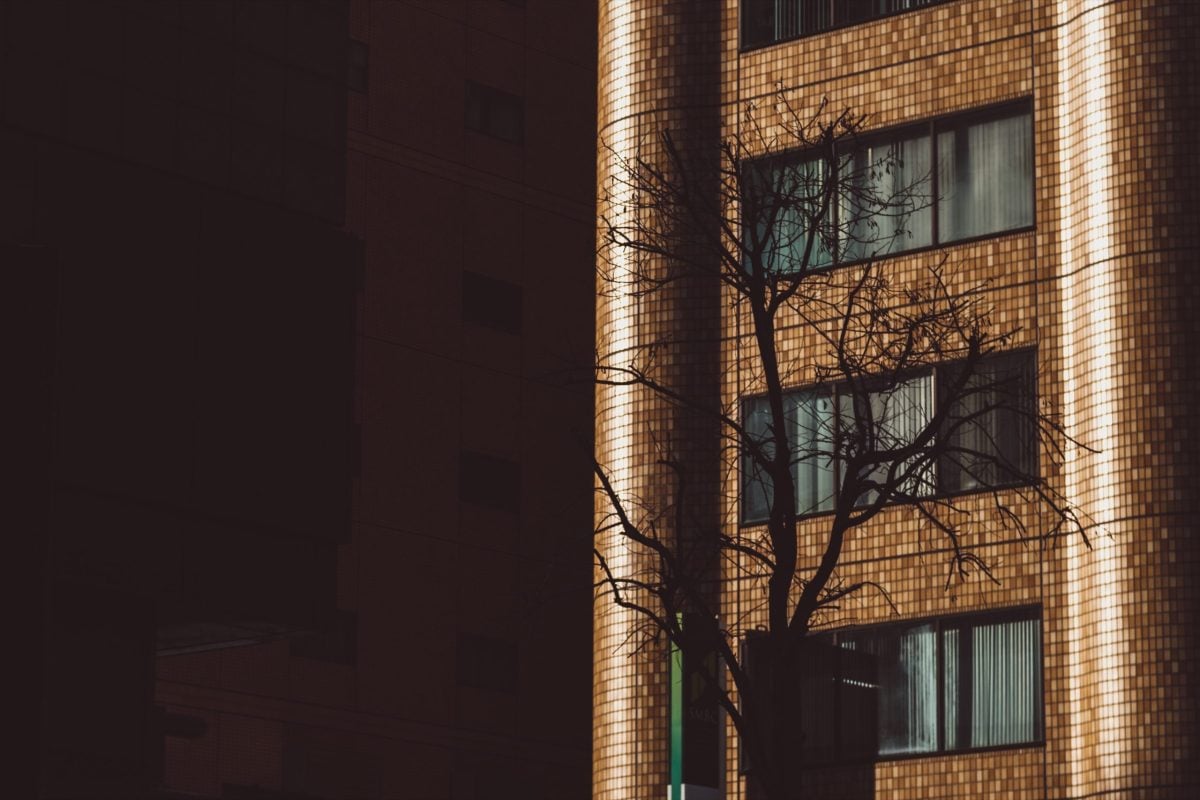
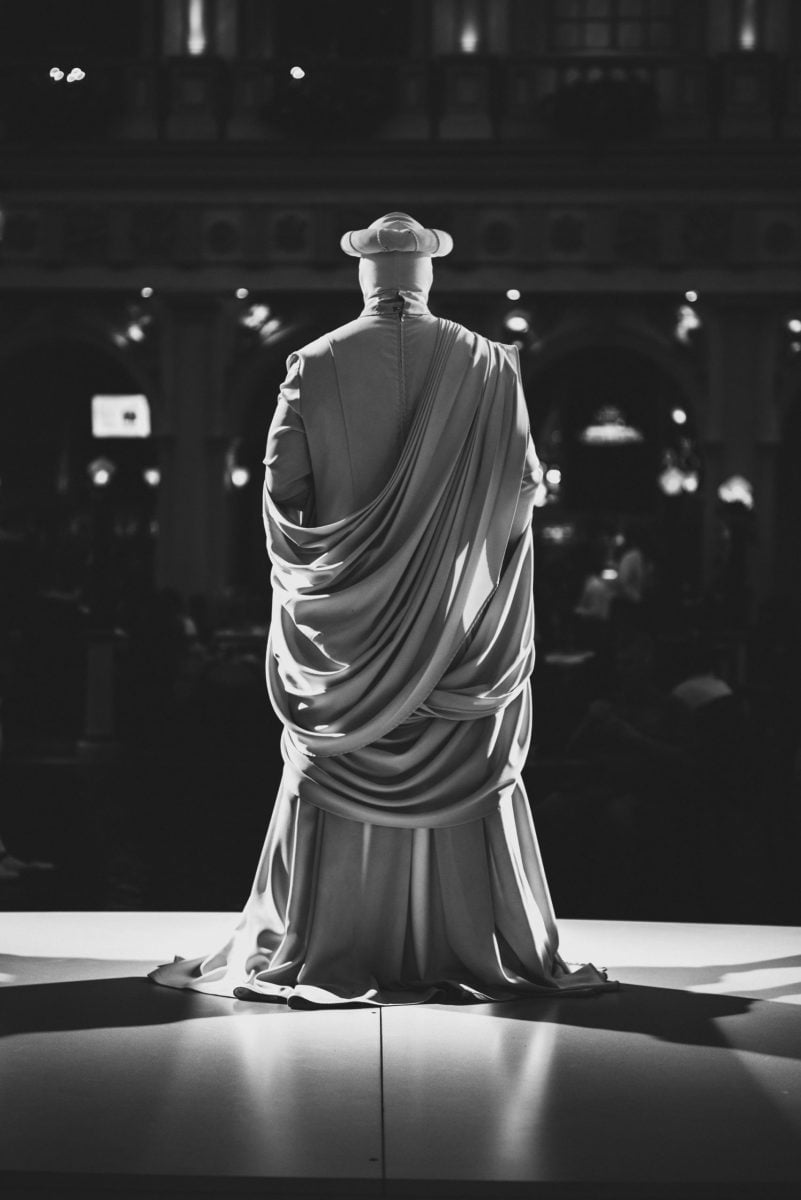
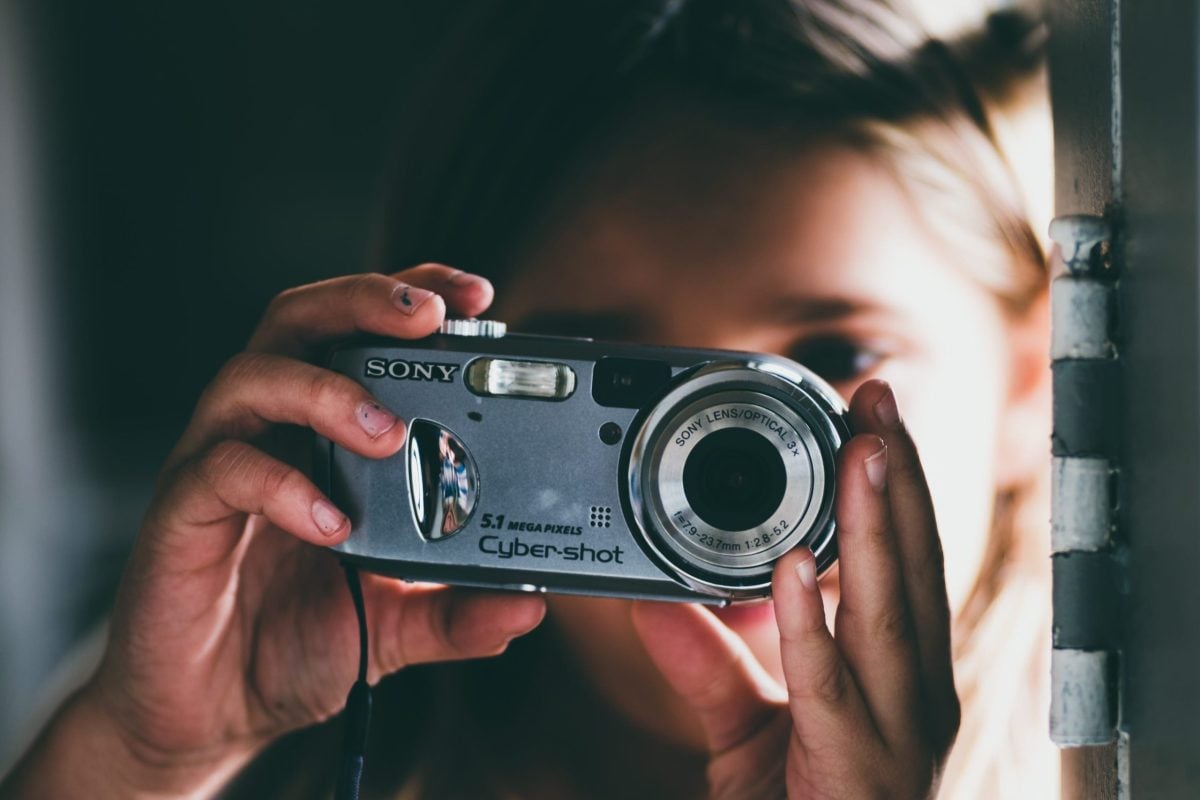

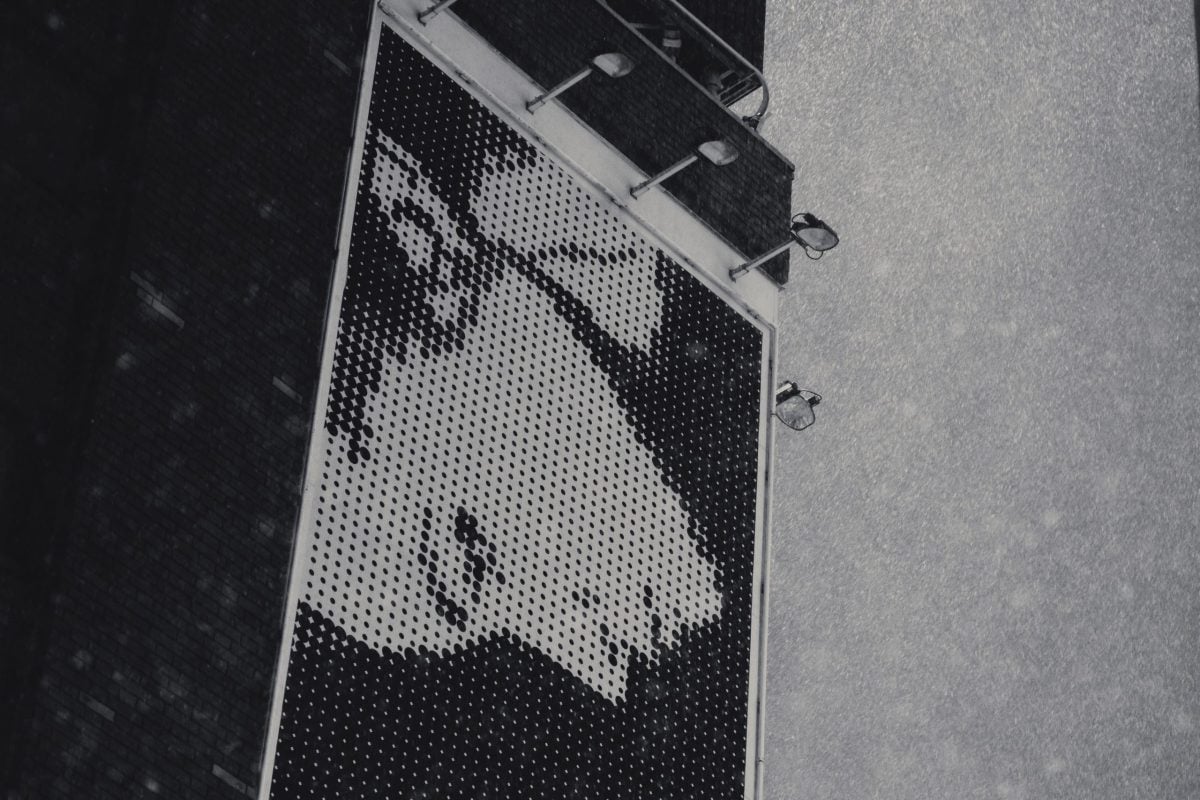

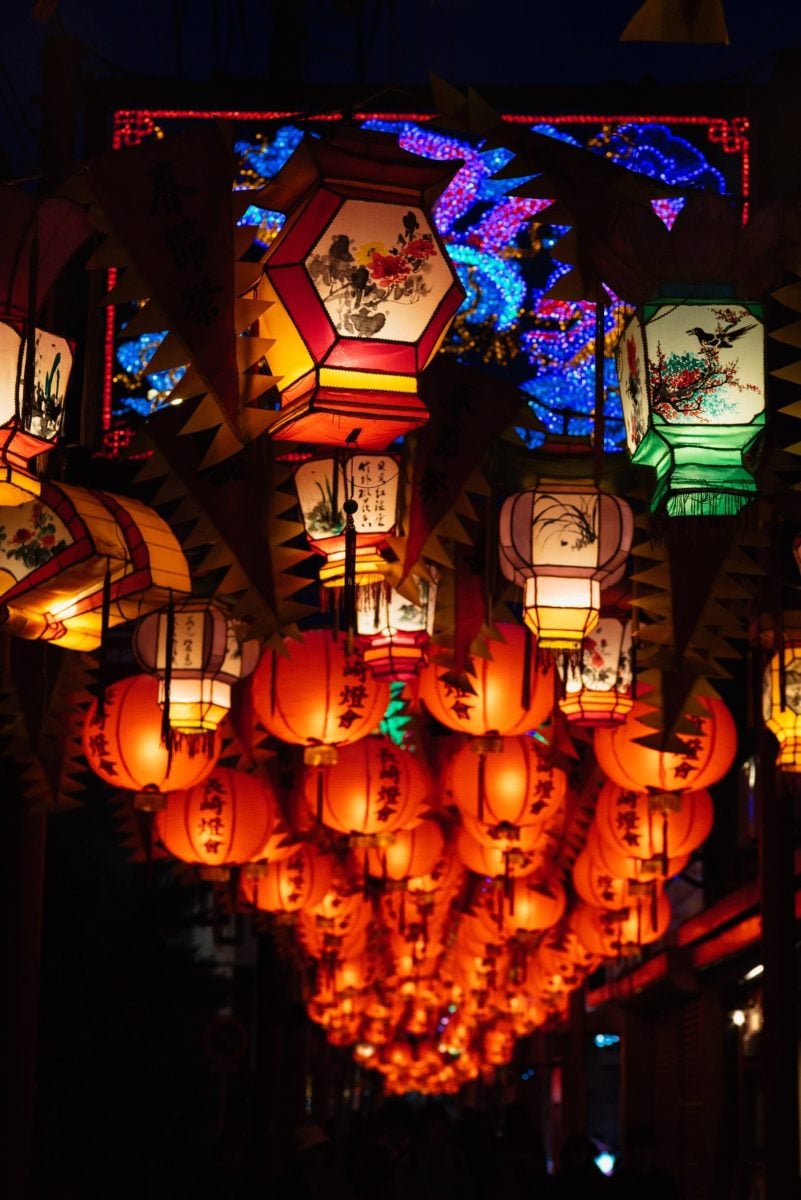

Did you like this review? Is there something you want to see more or less of? With my reviews, I’m trying to take a more real-world approach to how the lens is used when shooting actual photography rather than building the most extreme situations to find flaws in the design that you would never see in real-world settings. But I will get more technical if that’s what people want. Let me know in the comments.
| **This website contains affiliate links. We will earn a small commission on purchases made through these links. Some of the links used in these articles will direct you to Amazon. As an Amazon Associate, I earn from qualifying purchases. |


